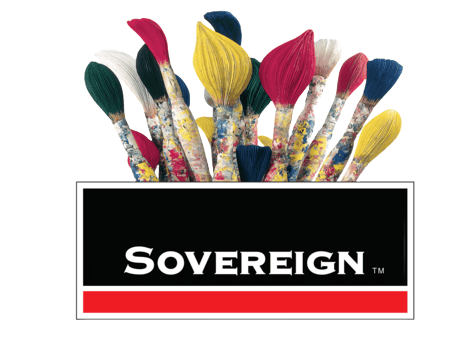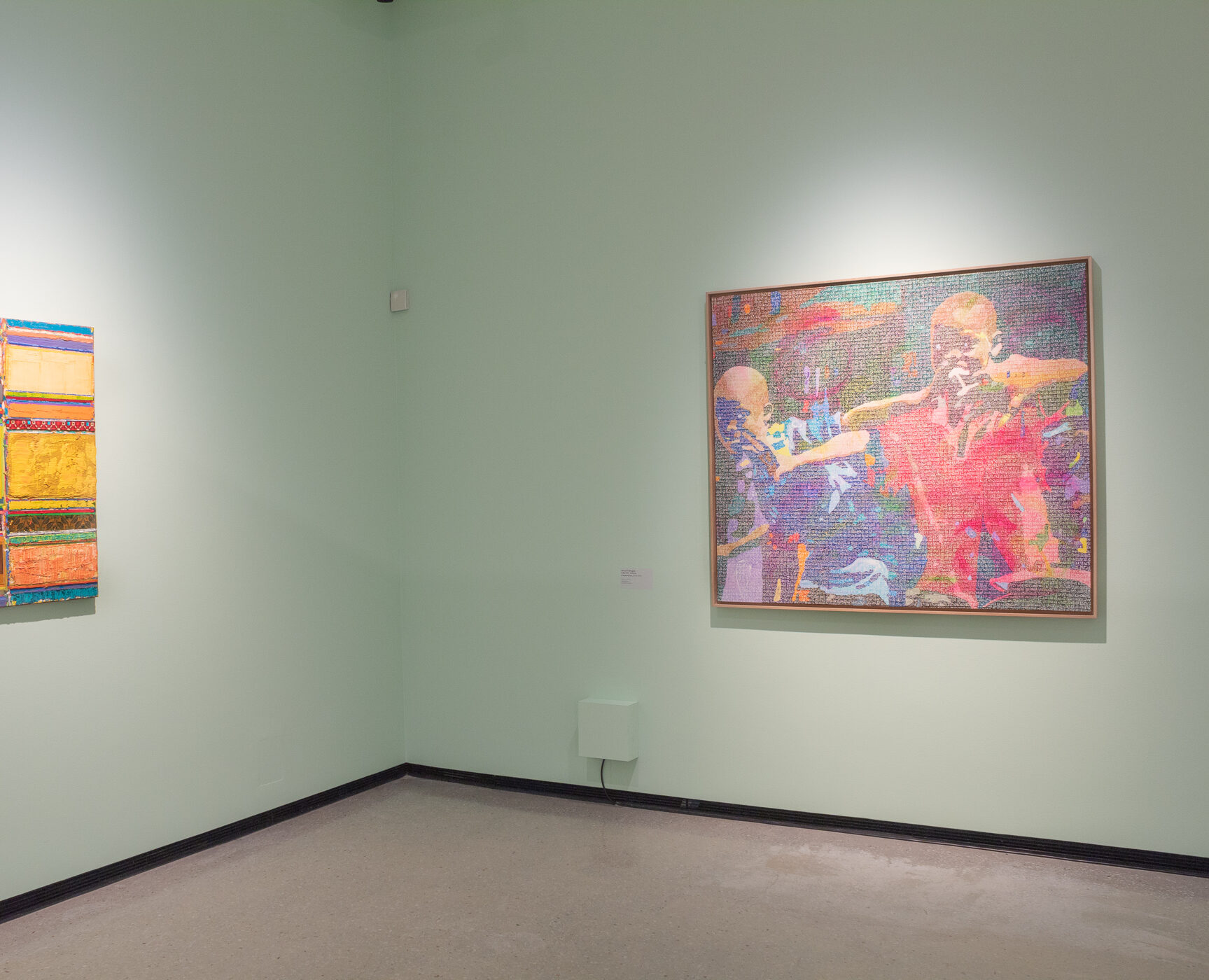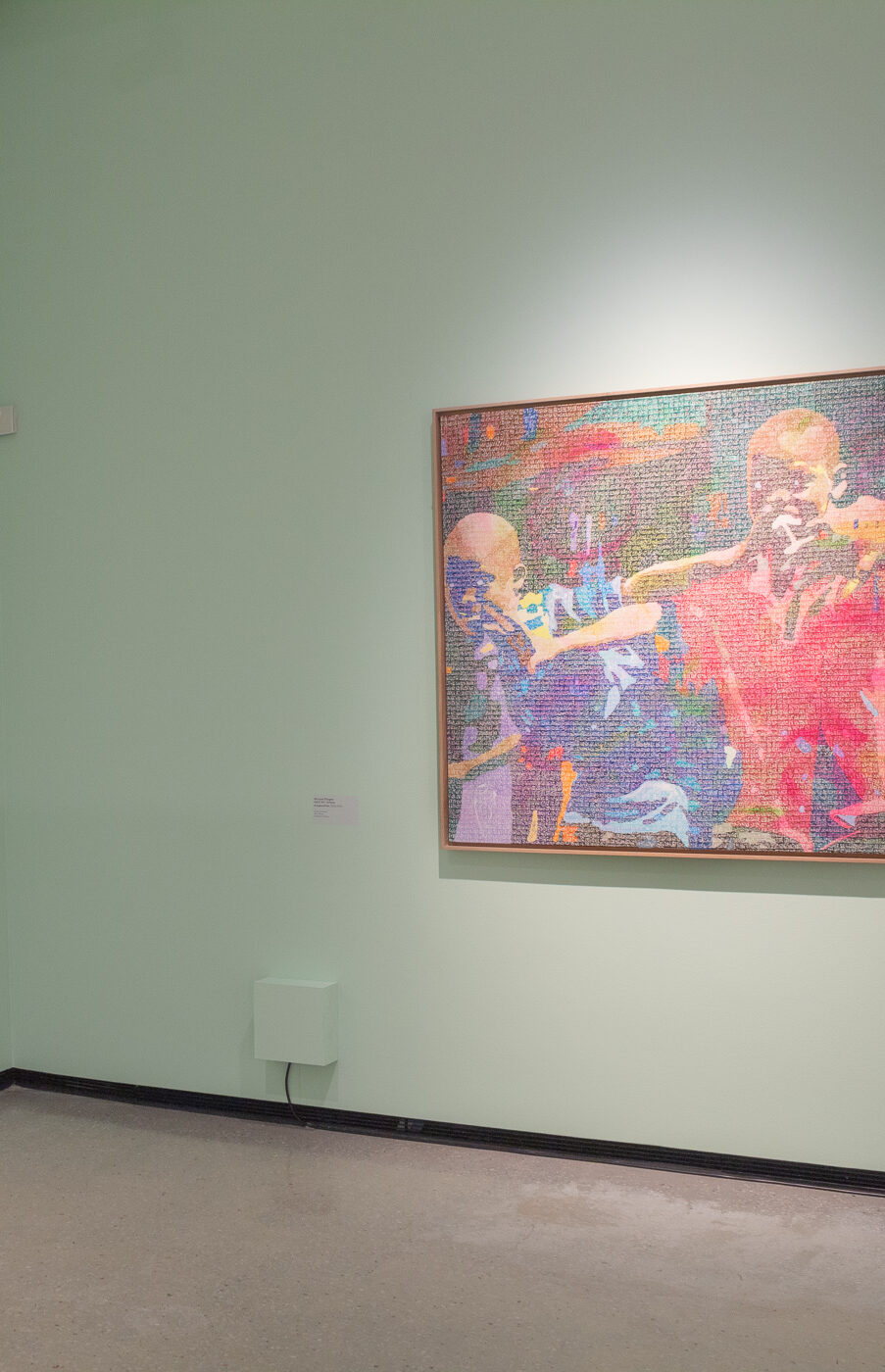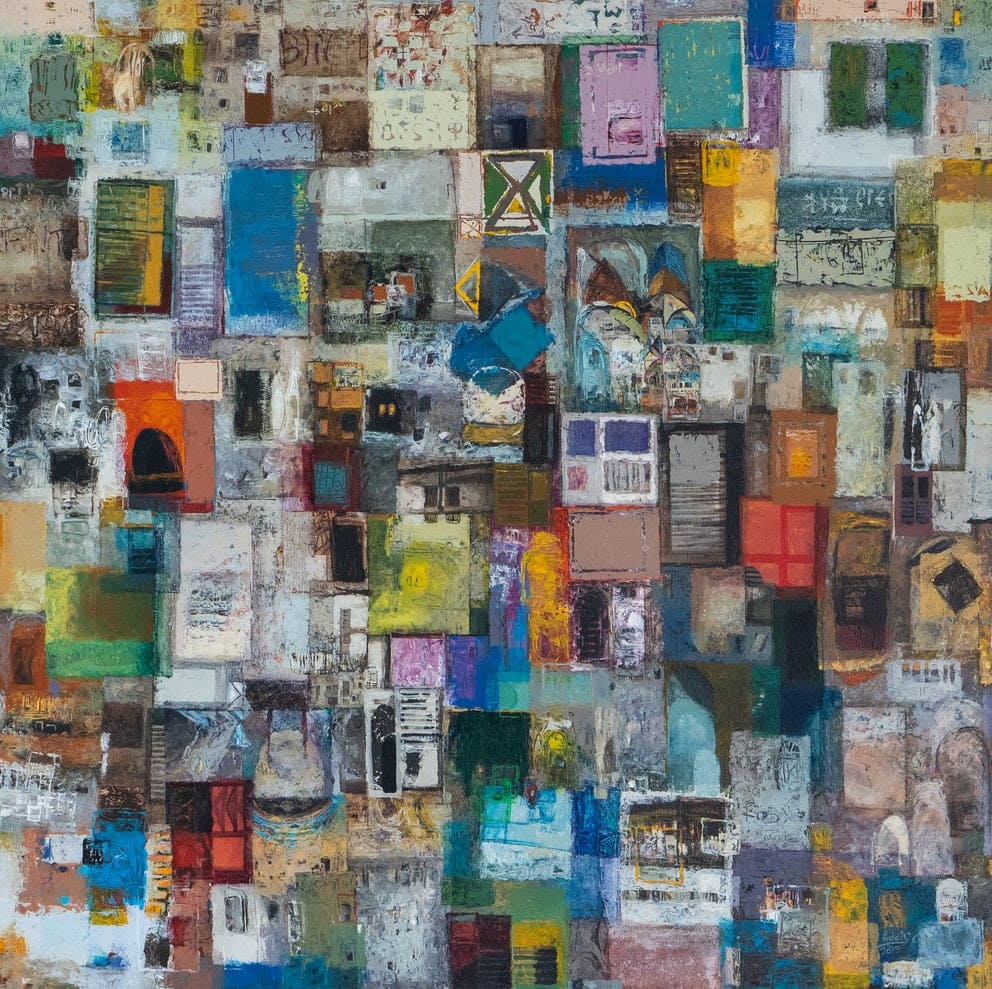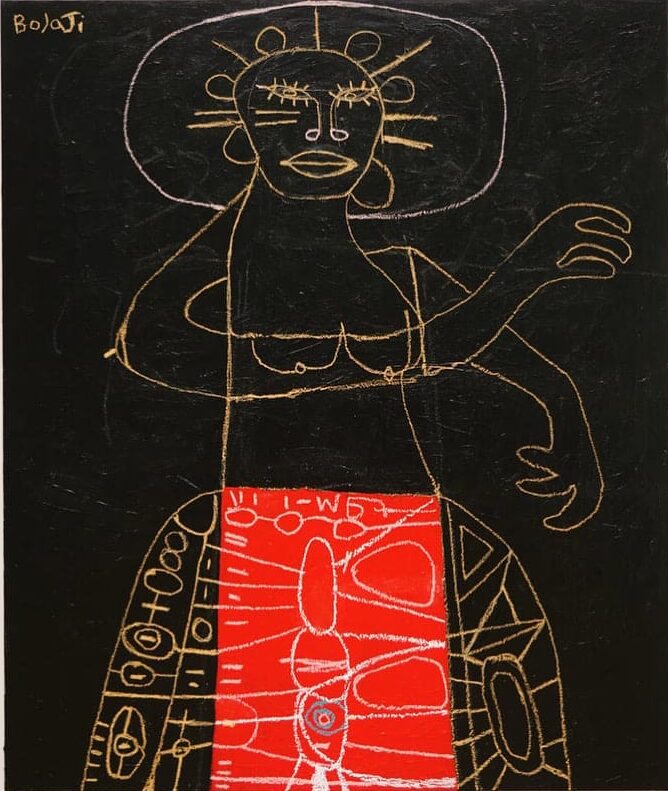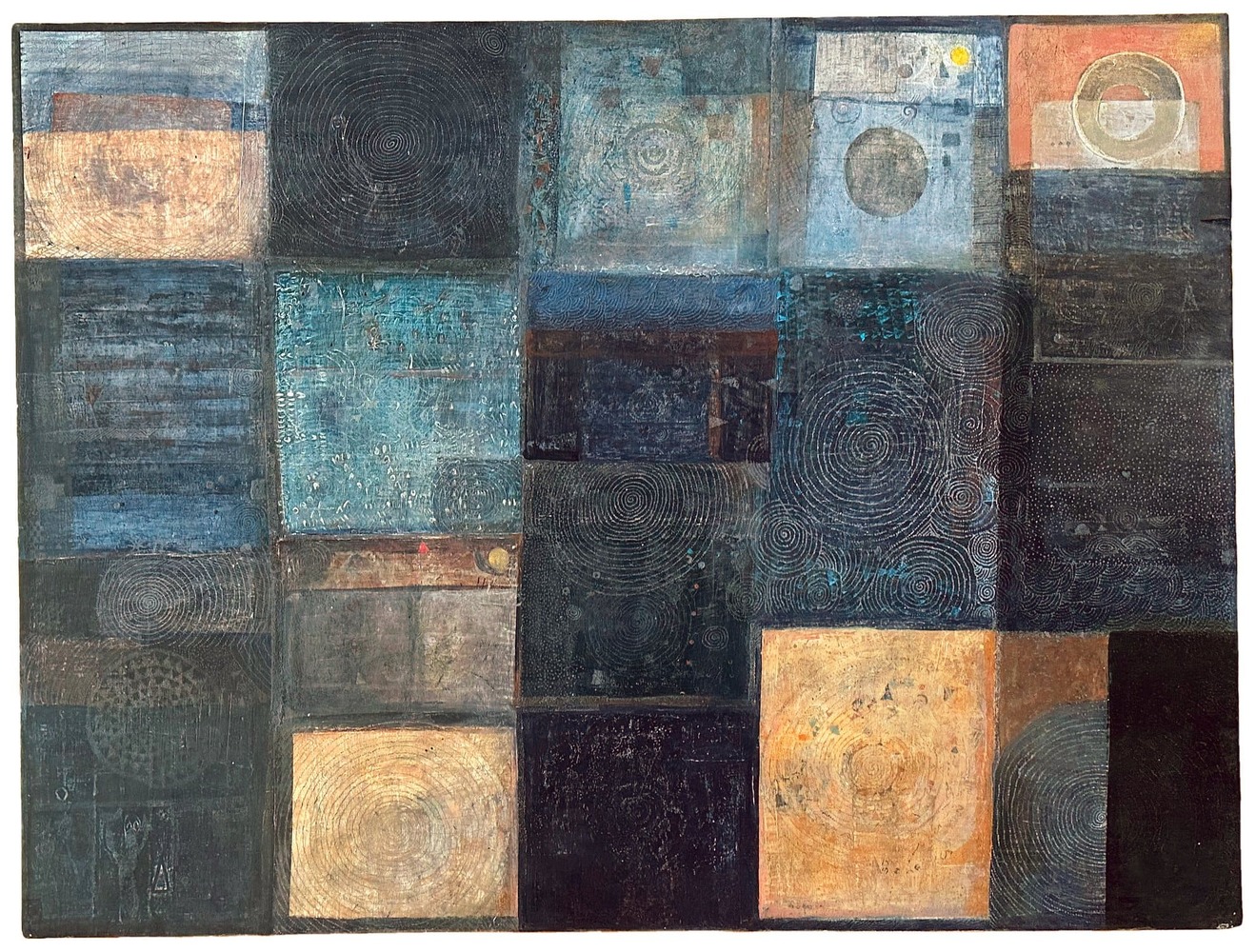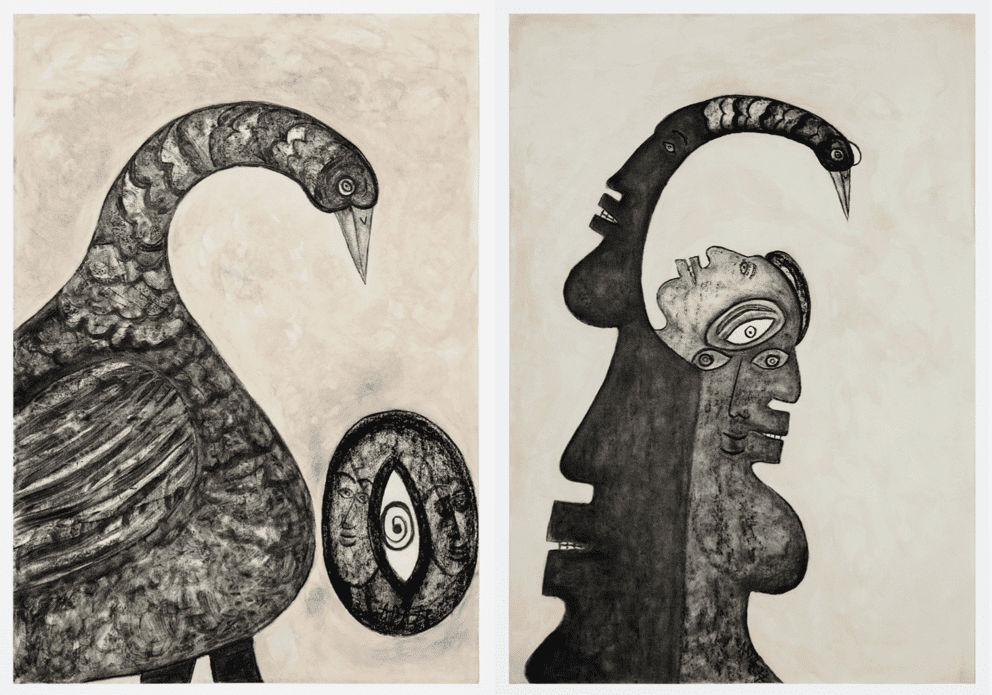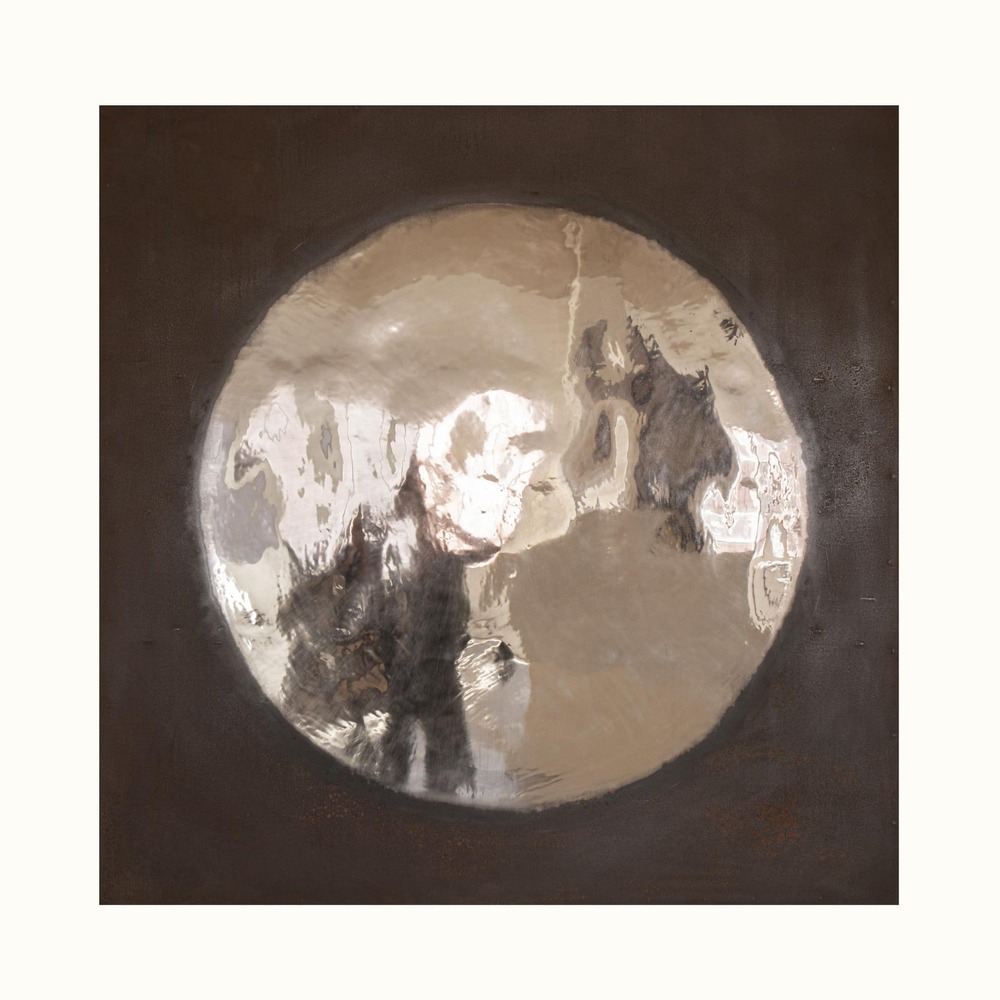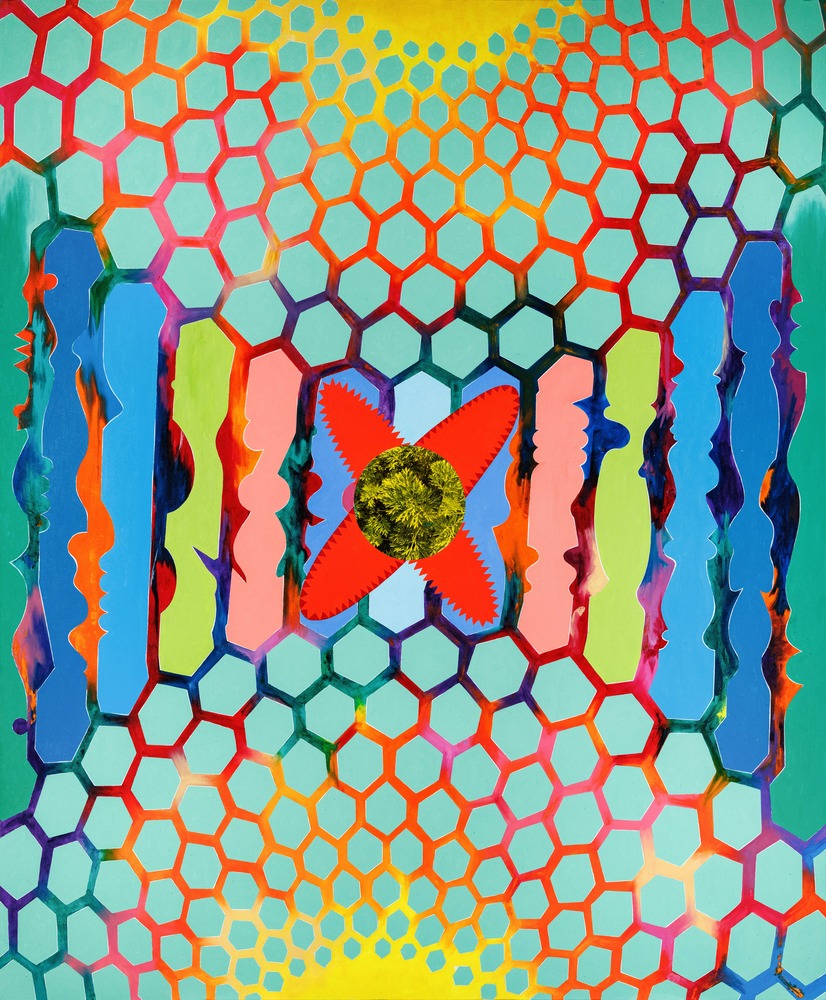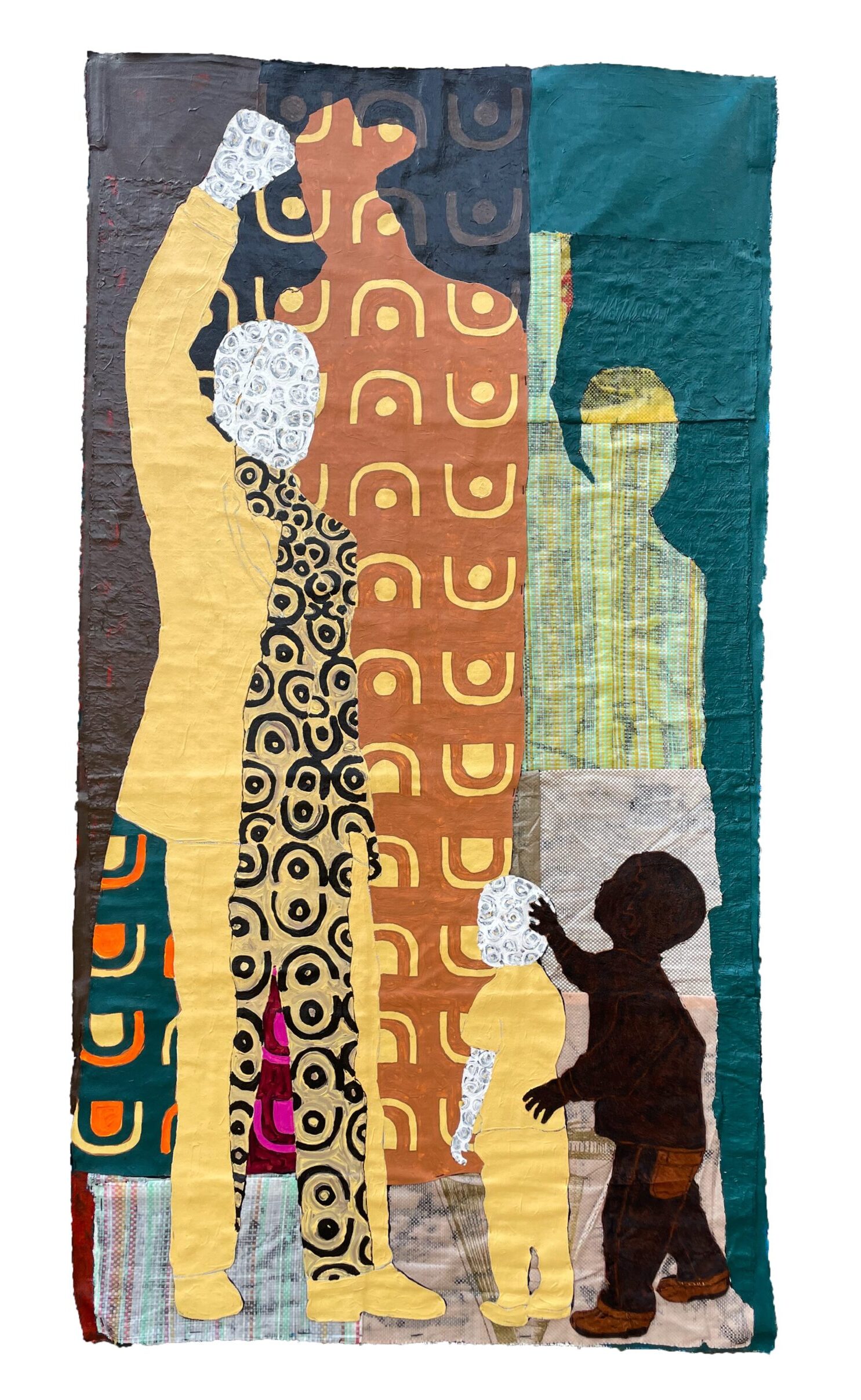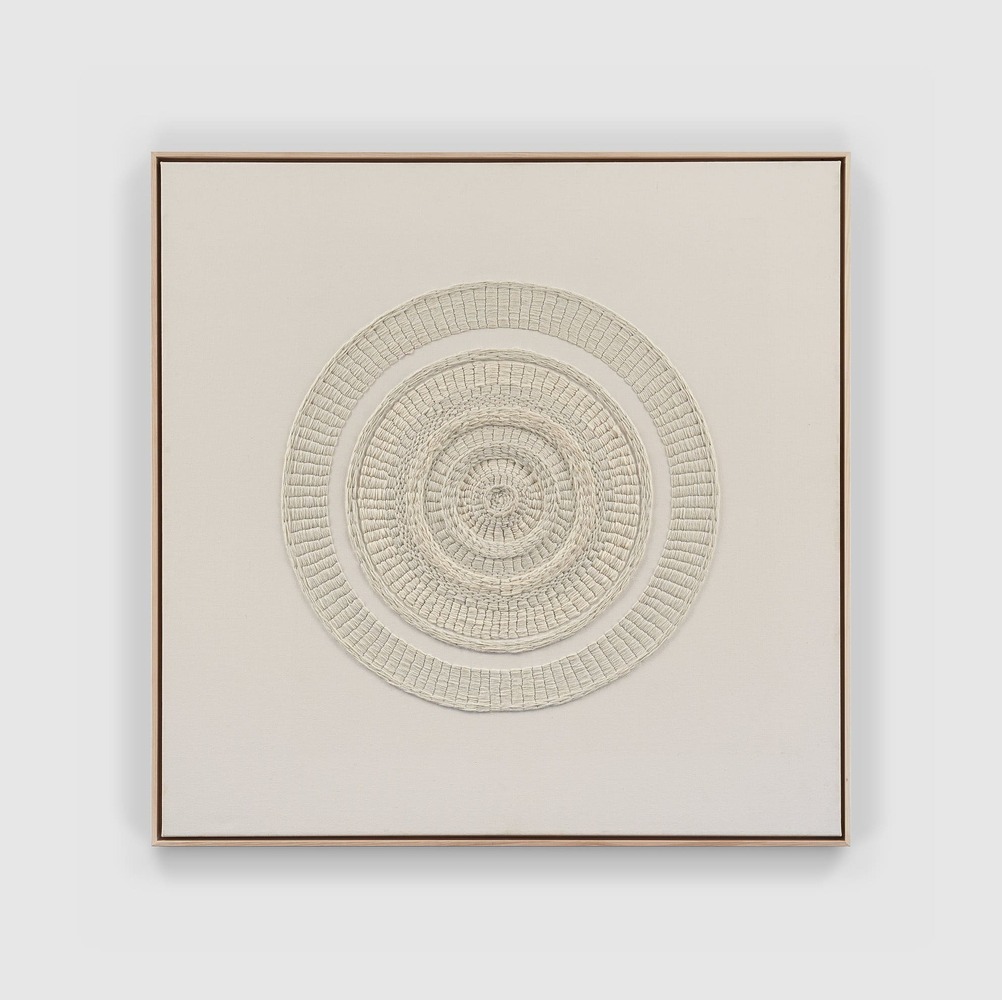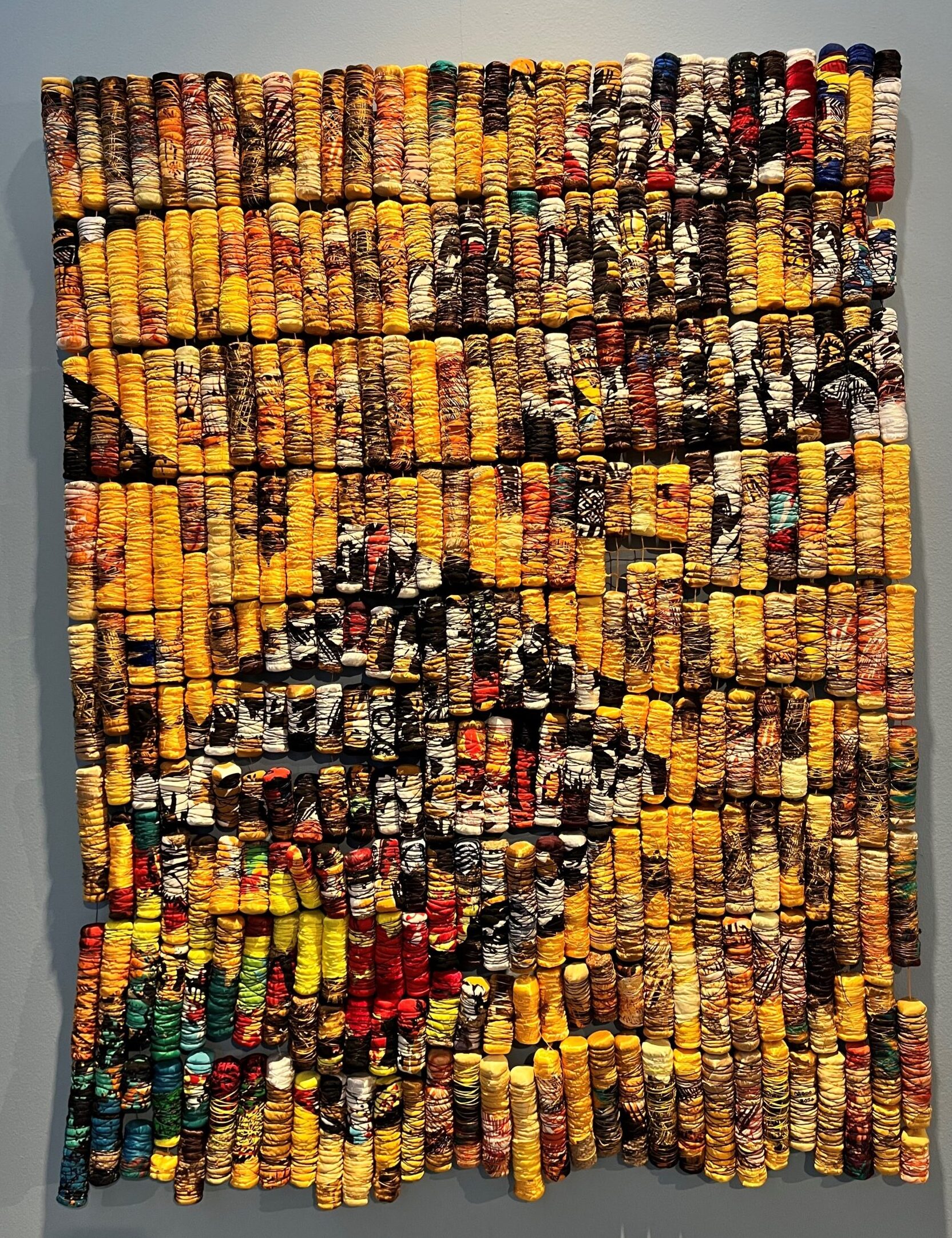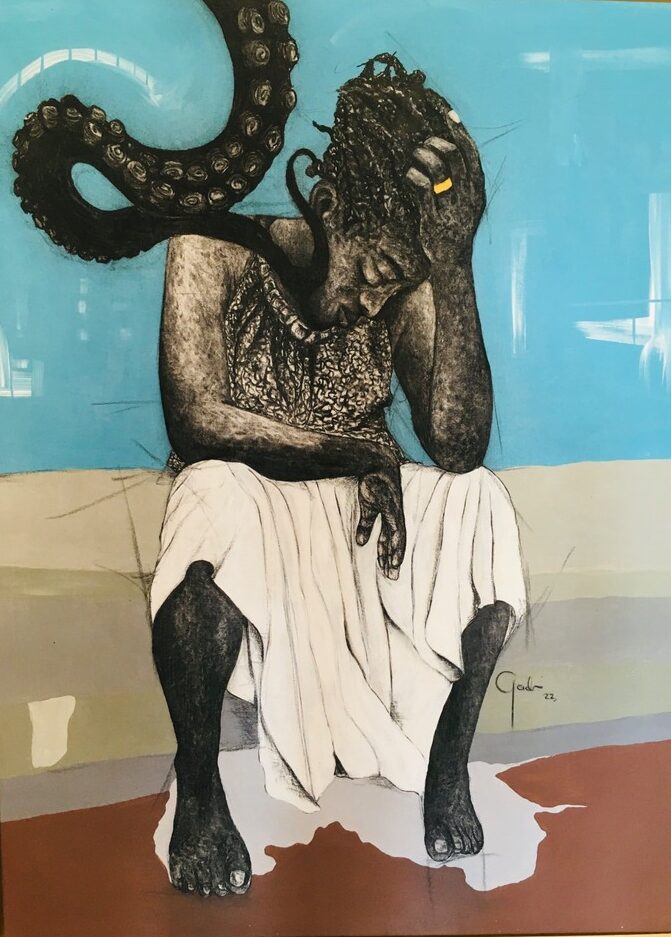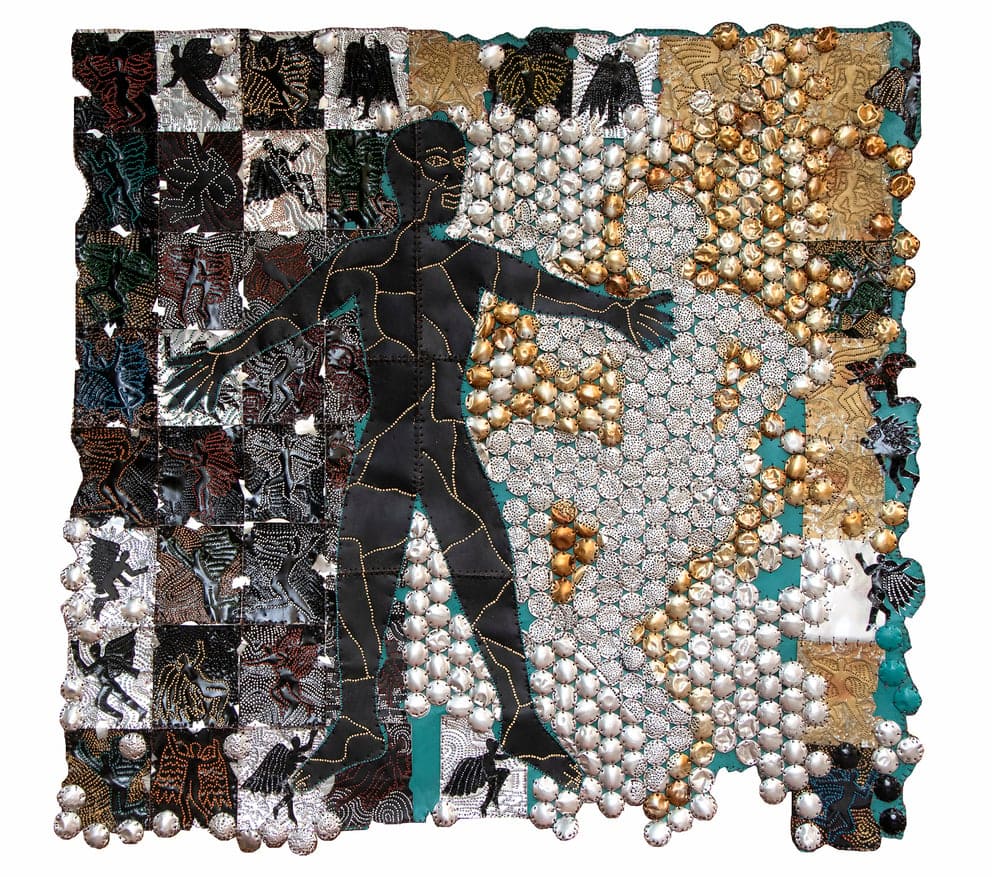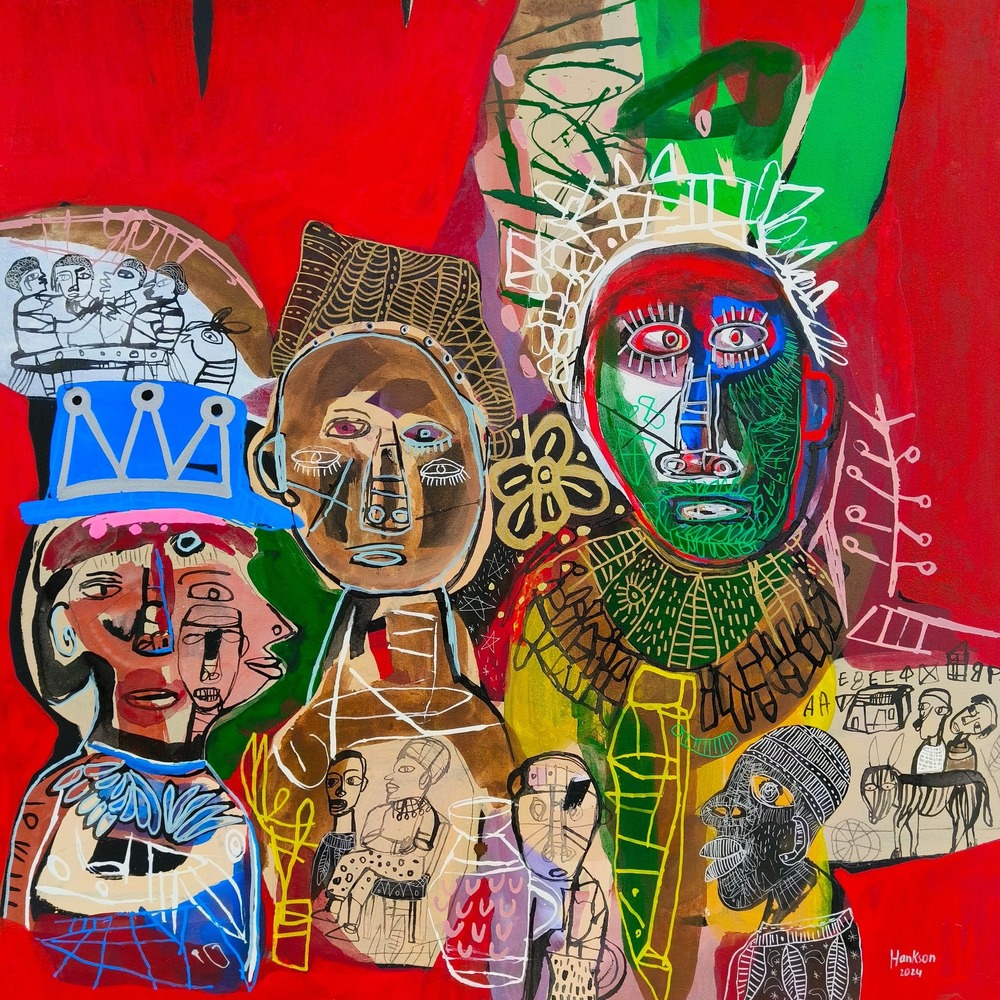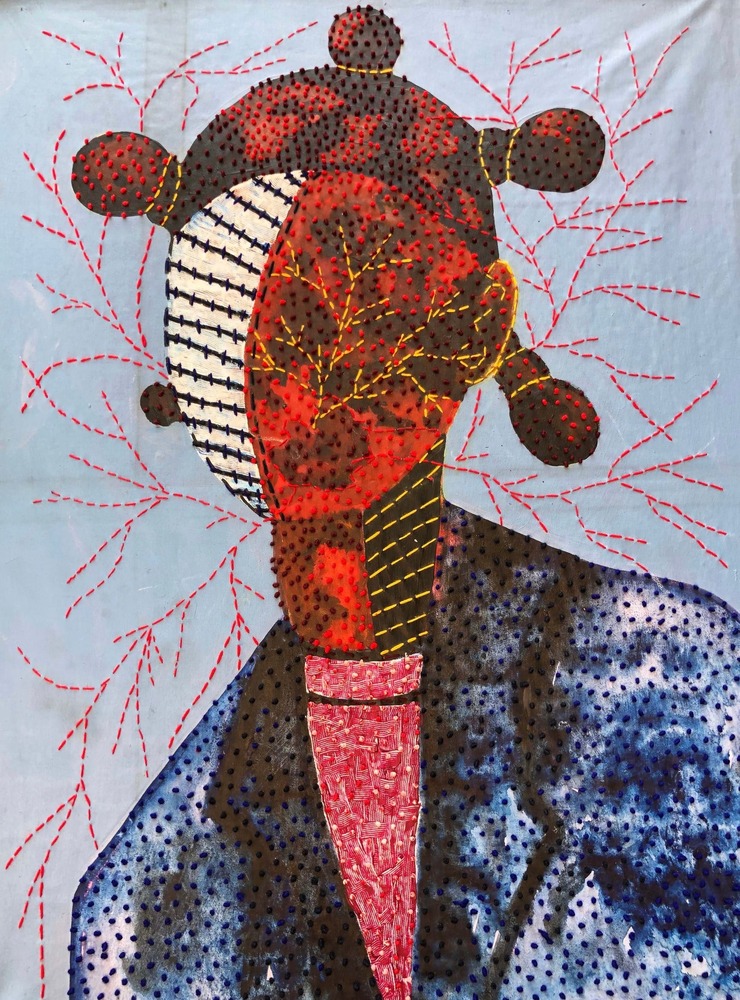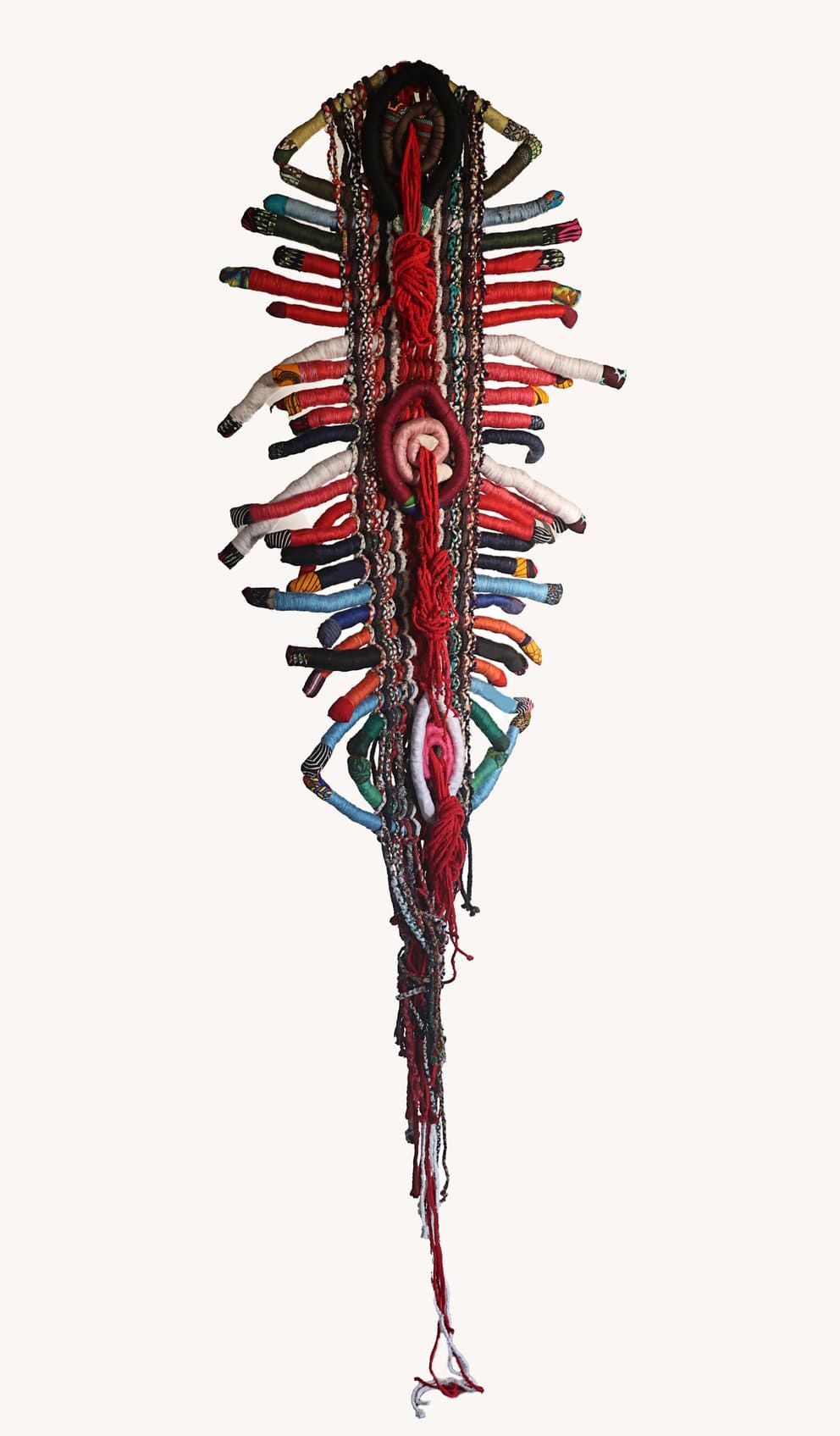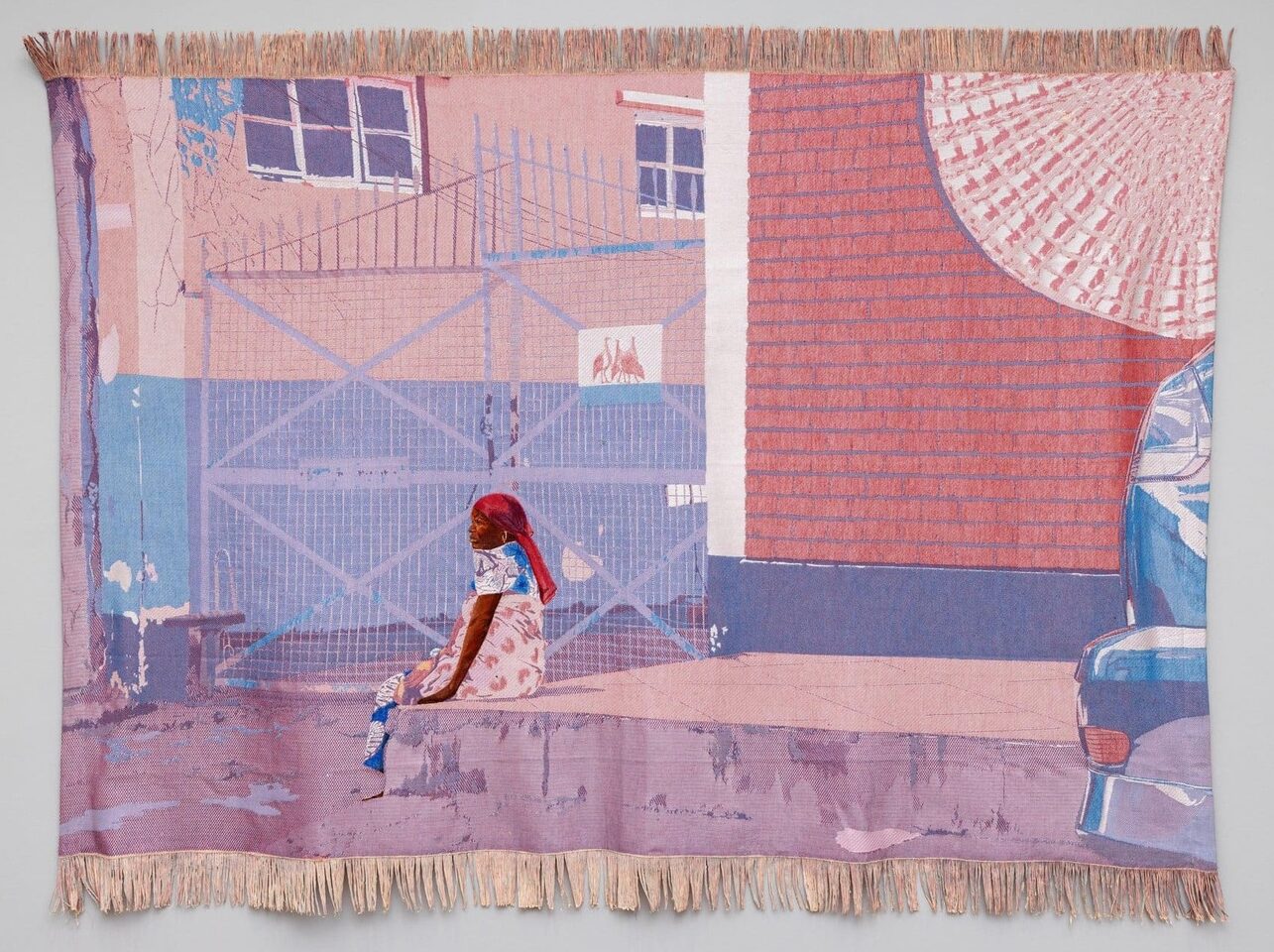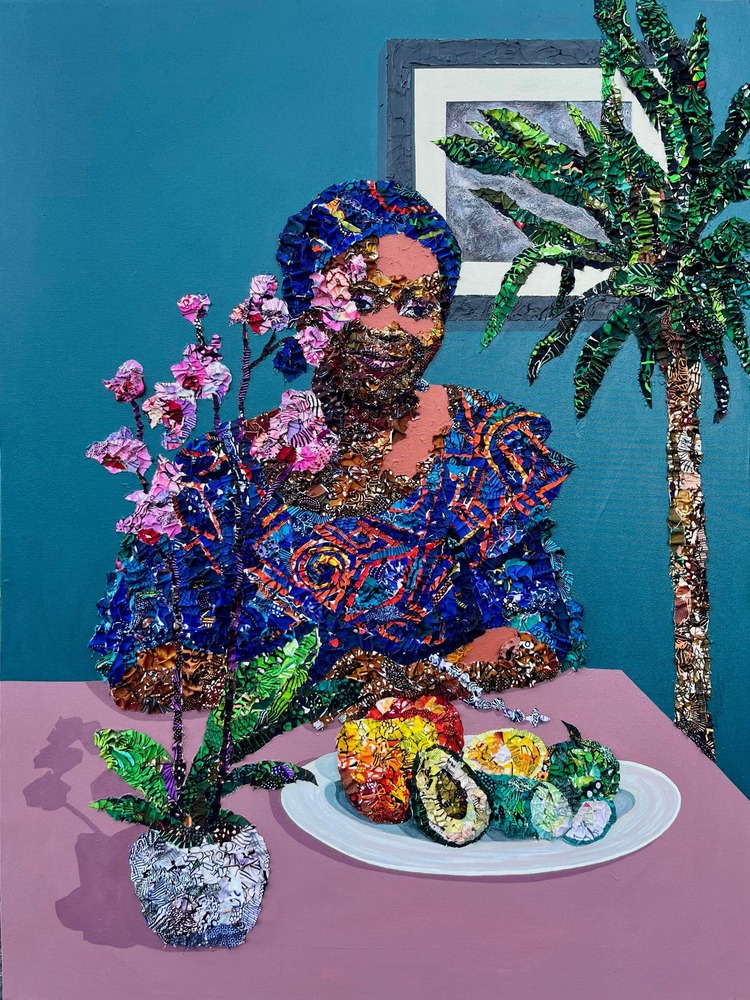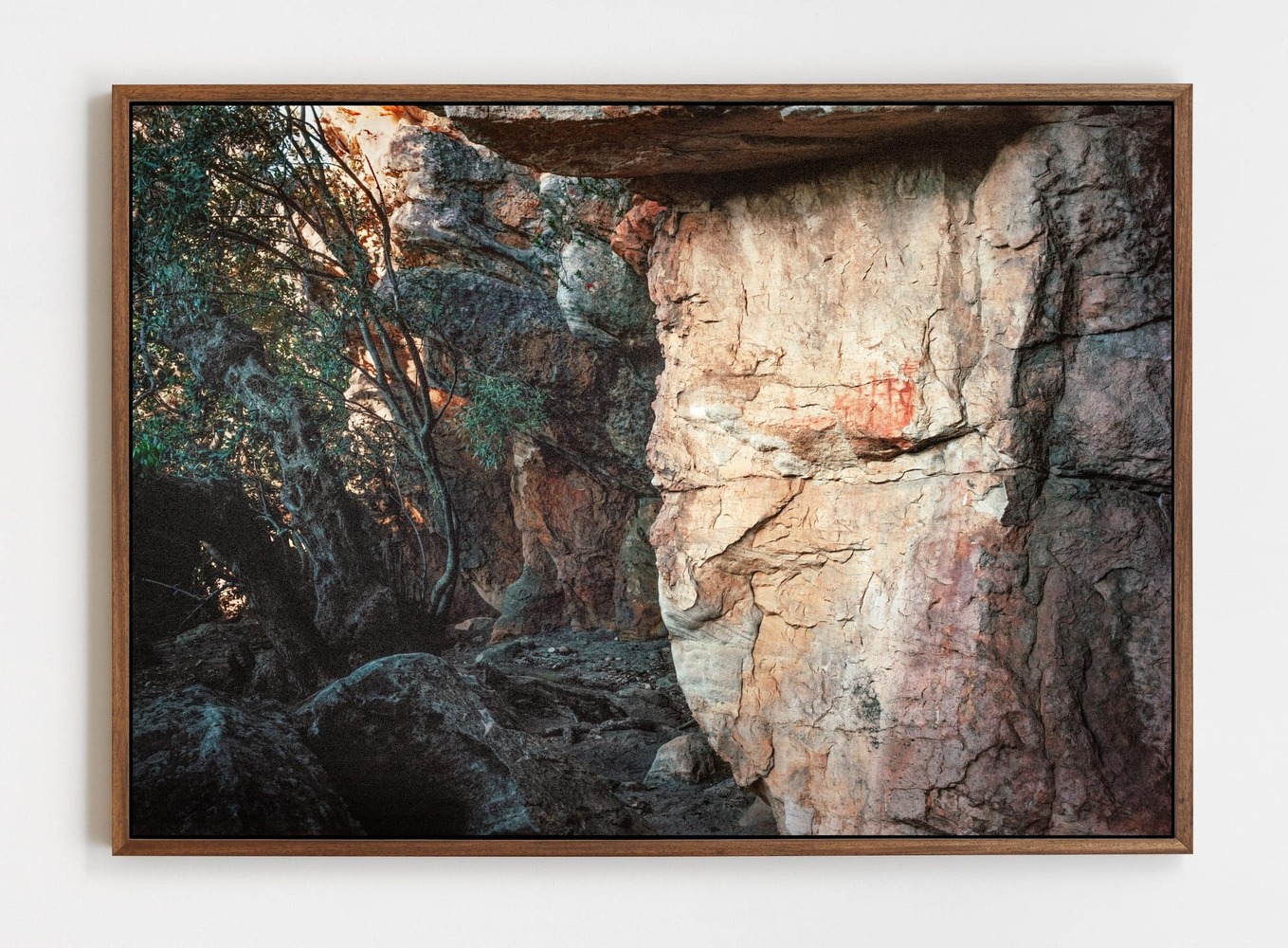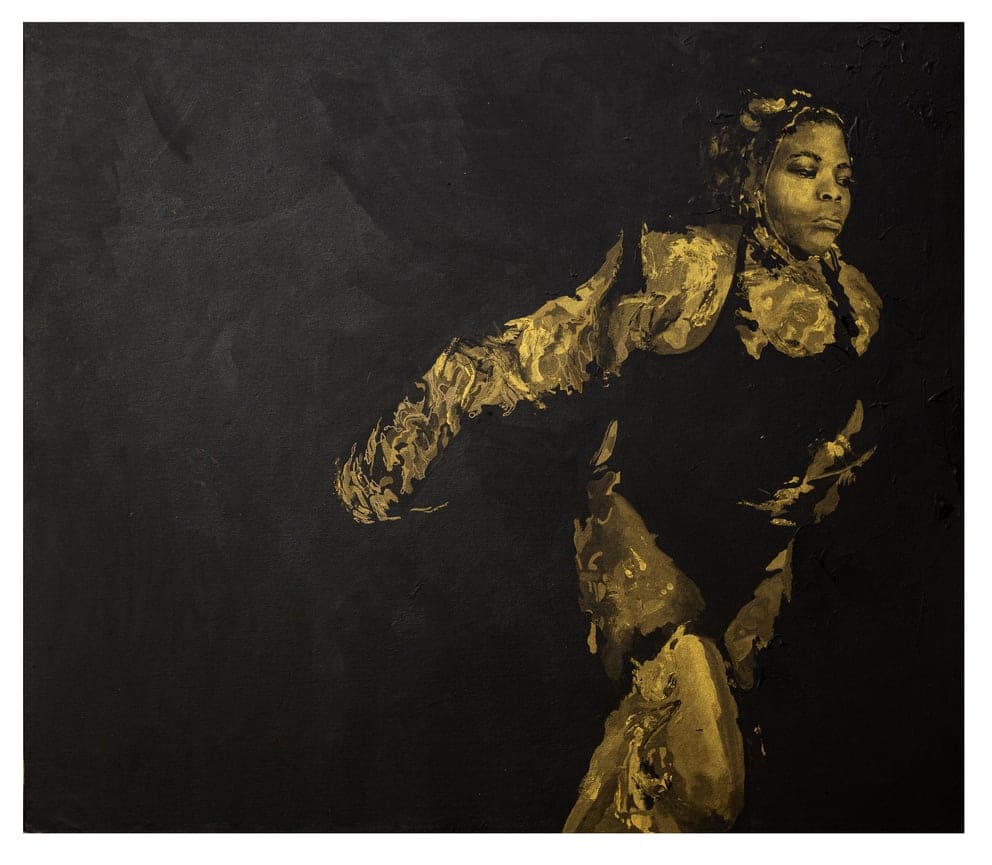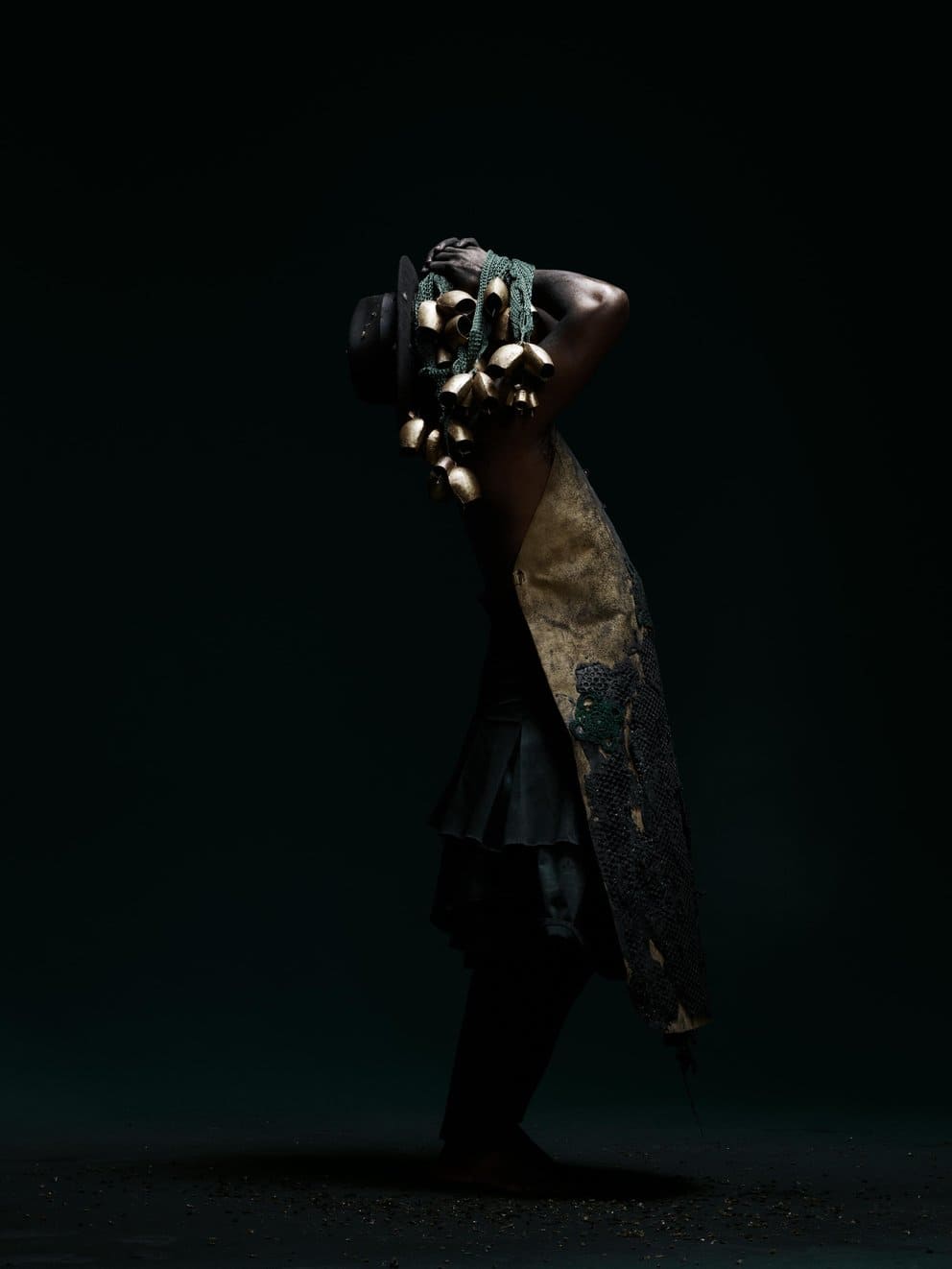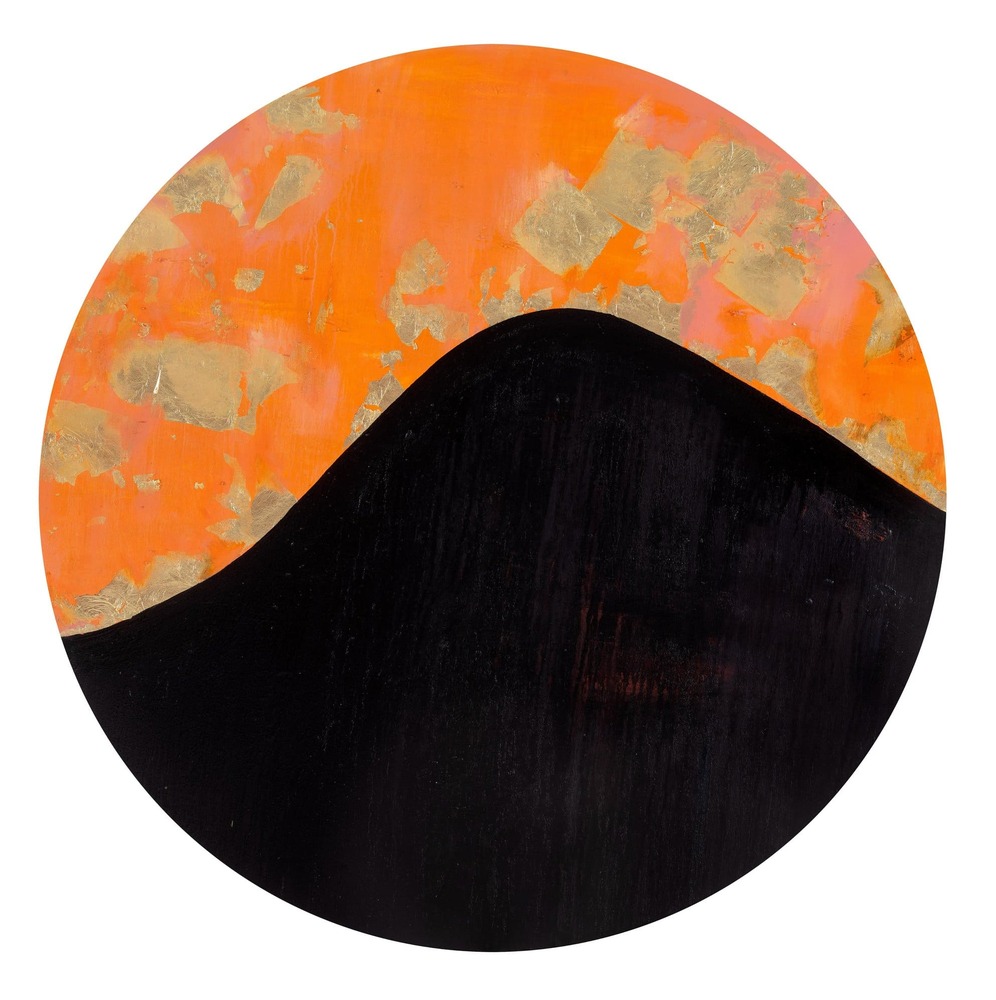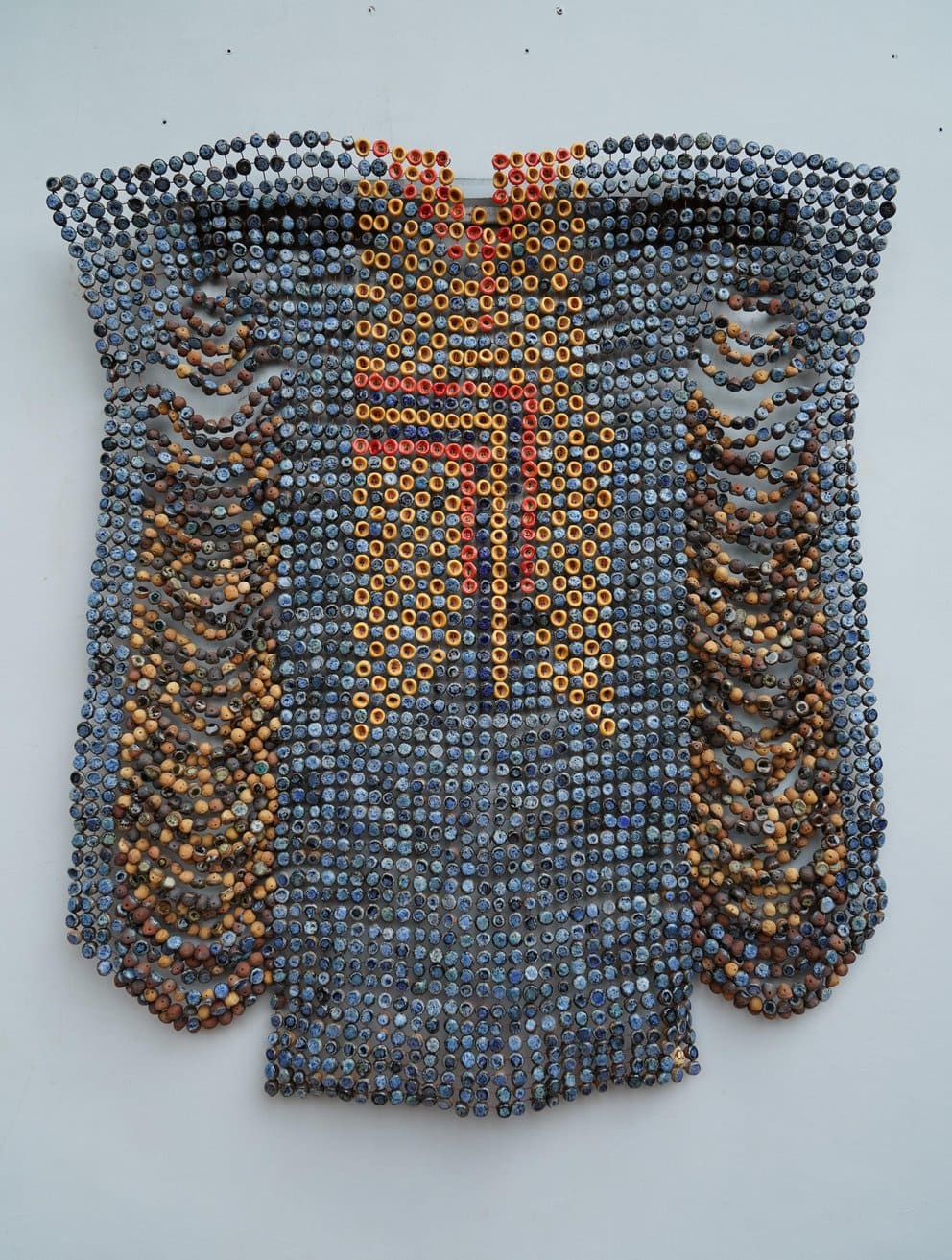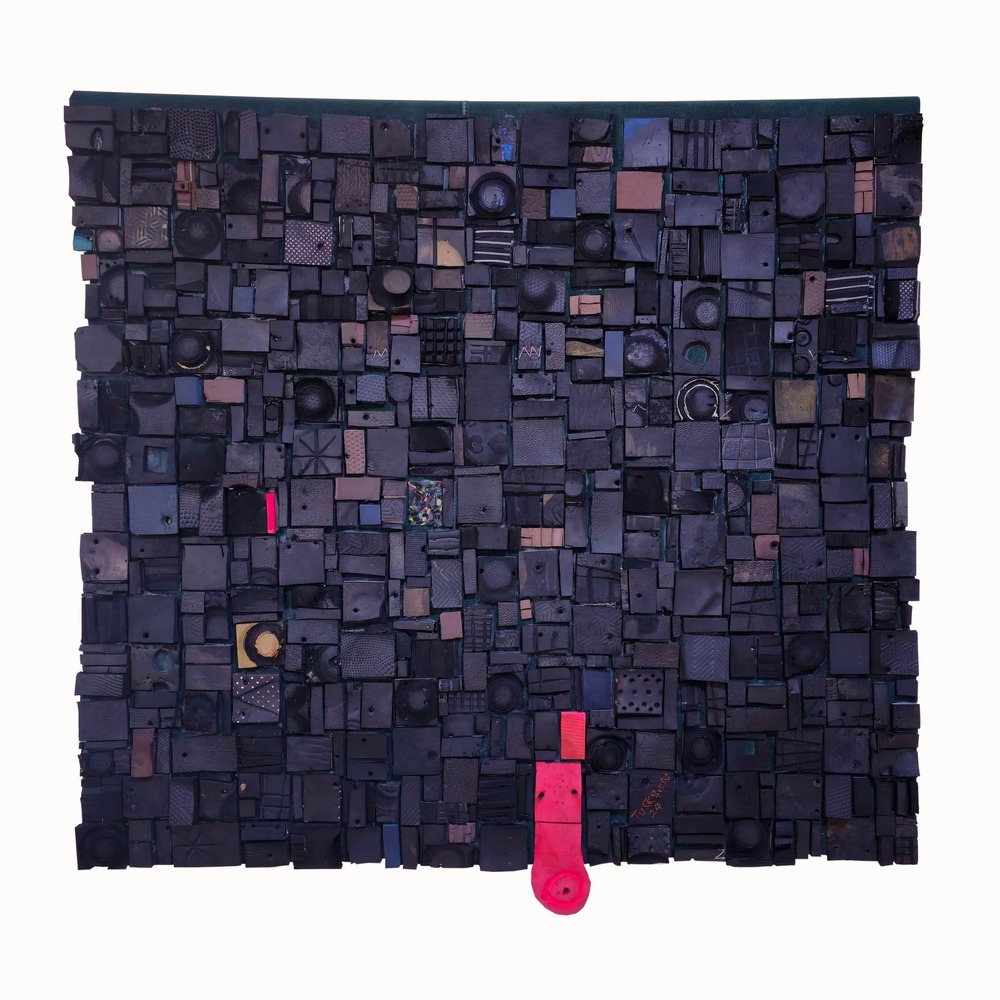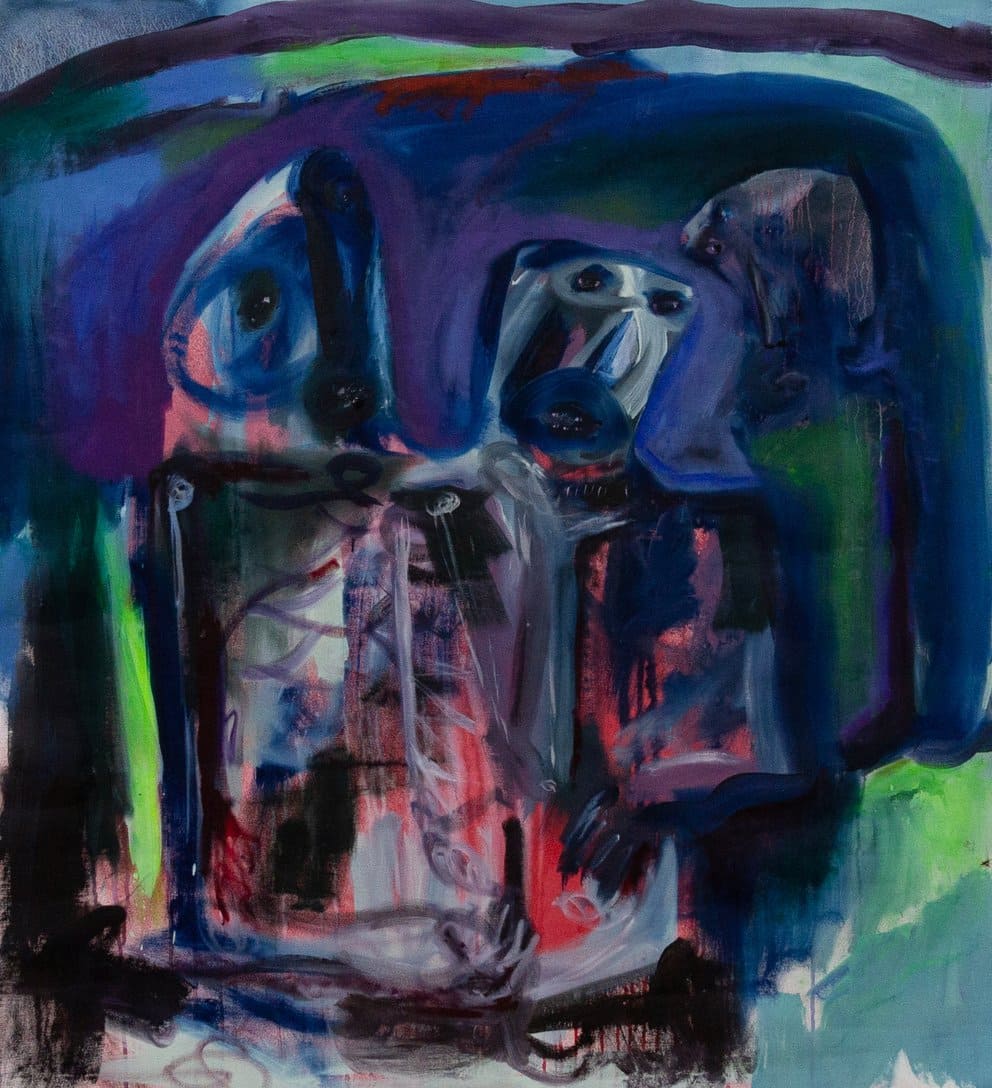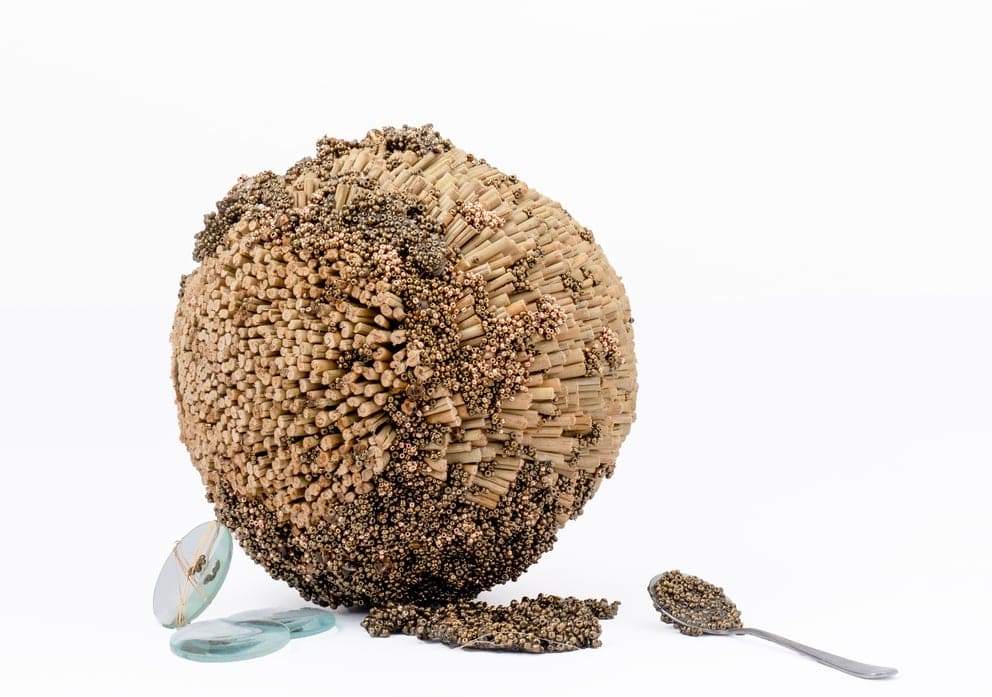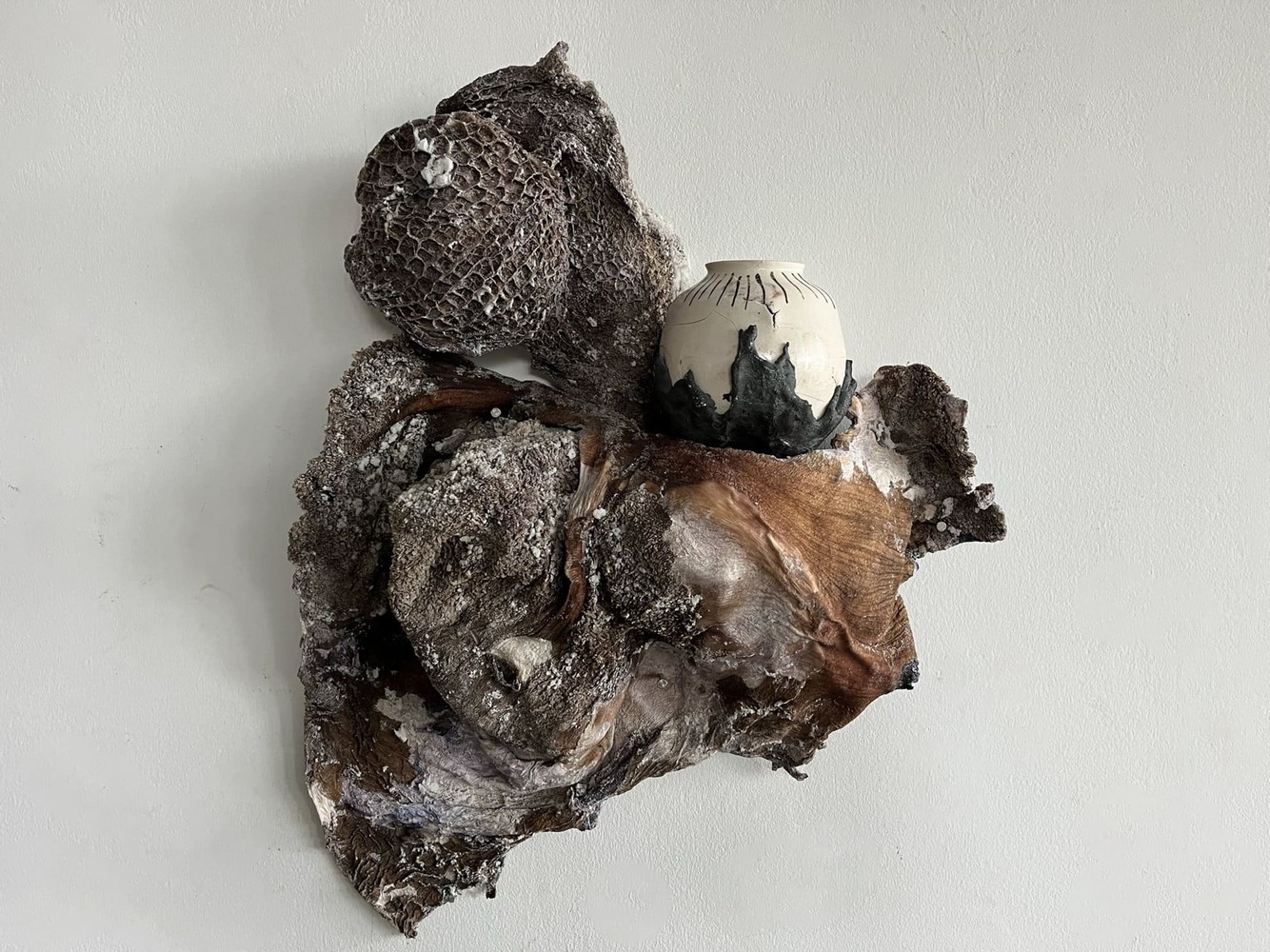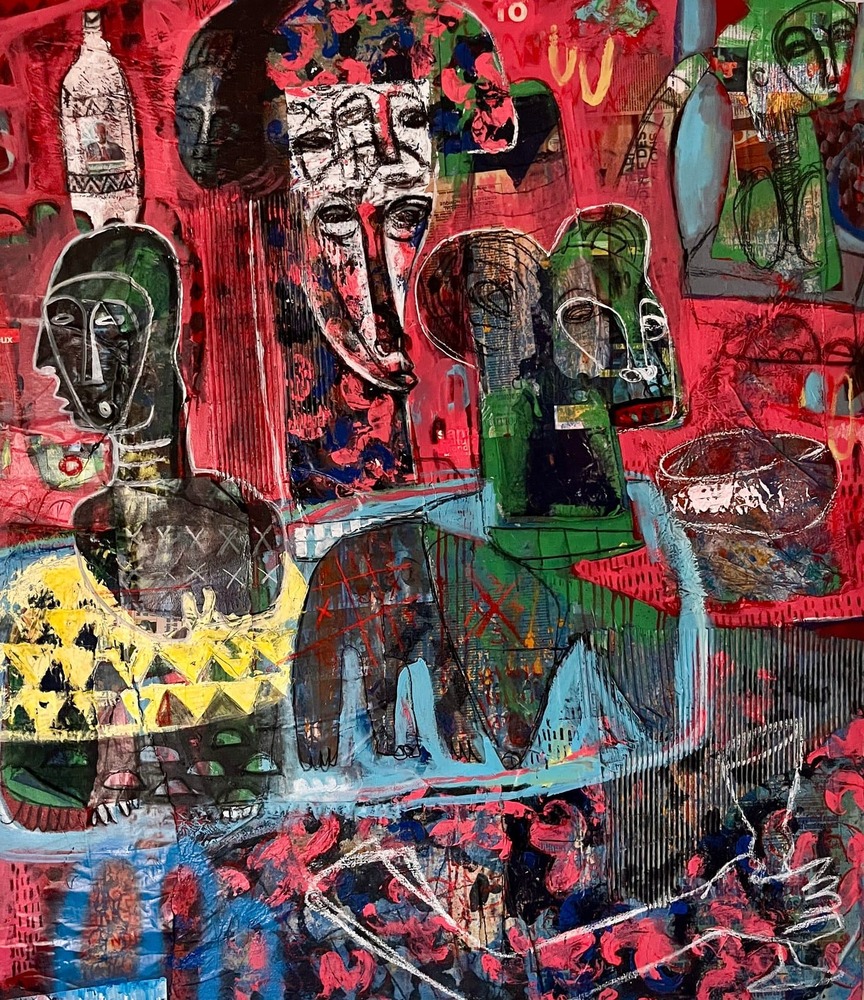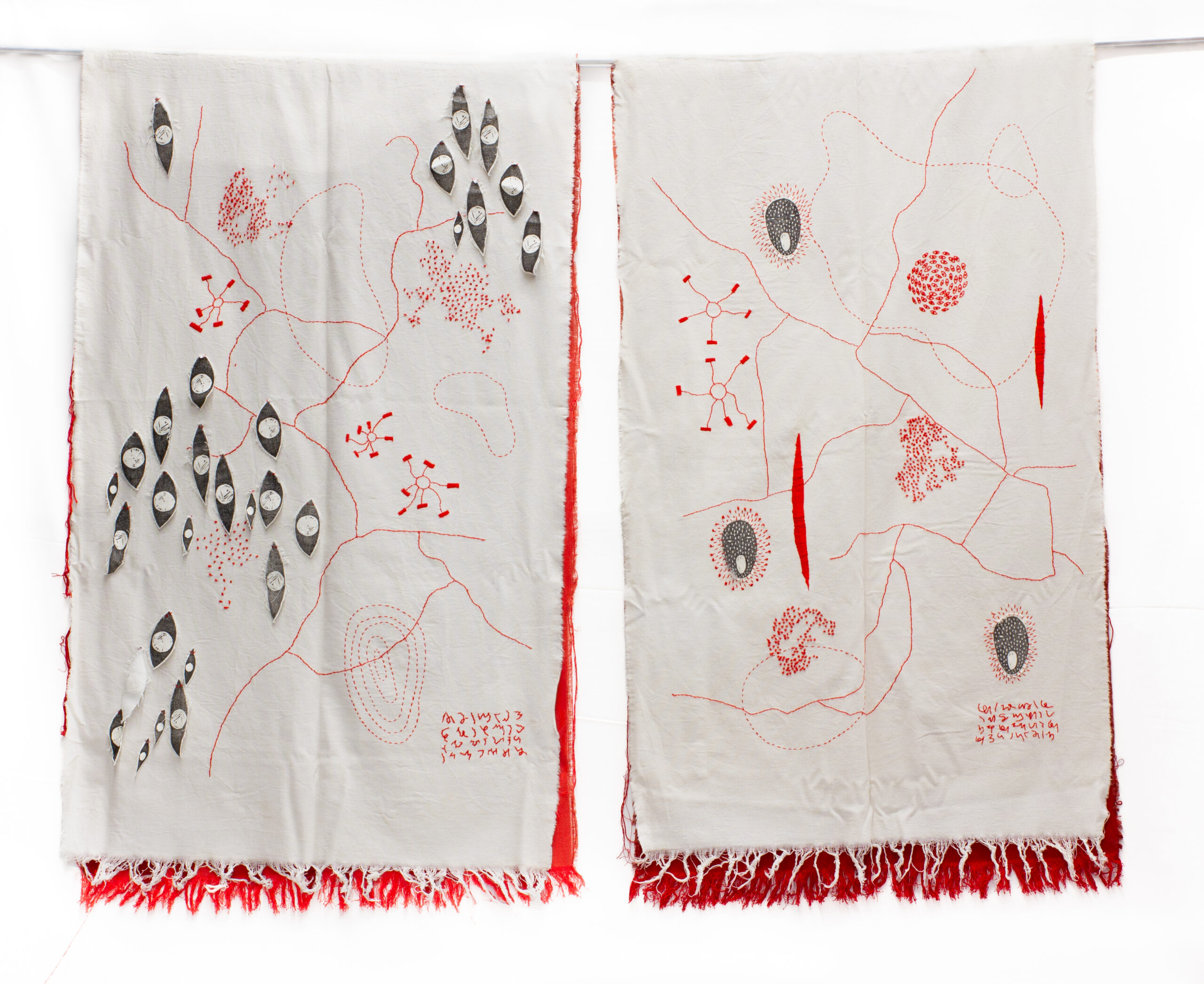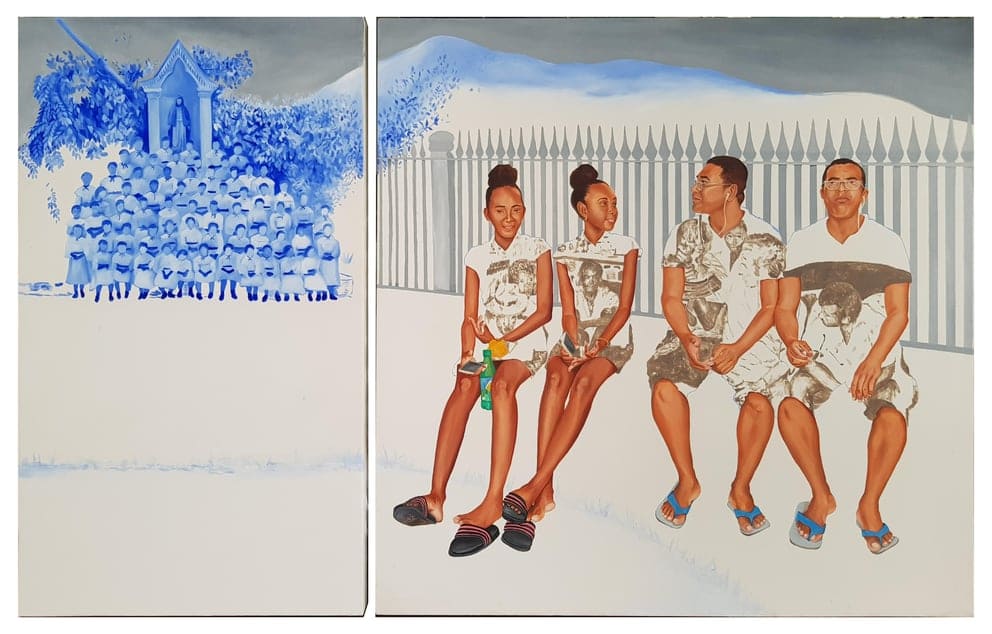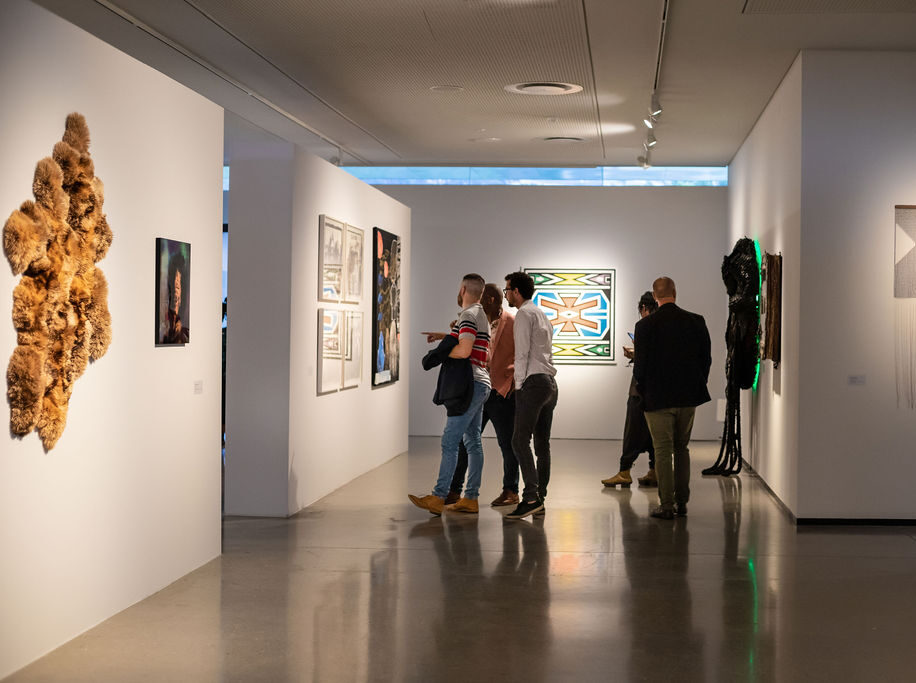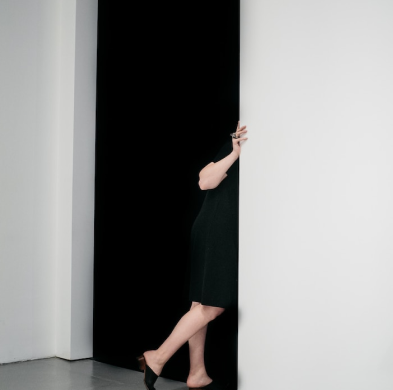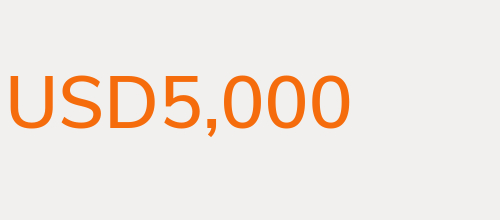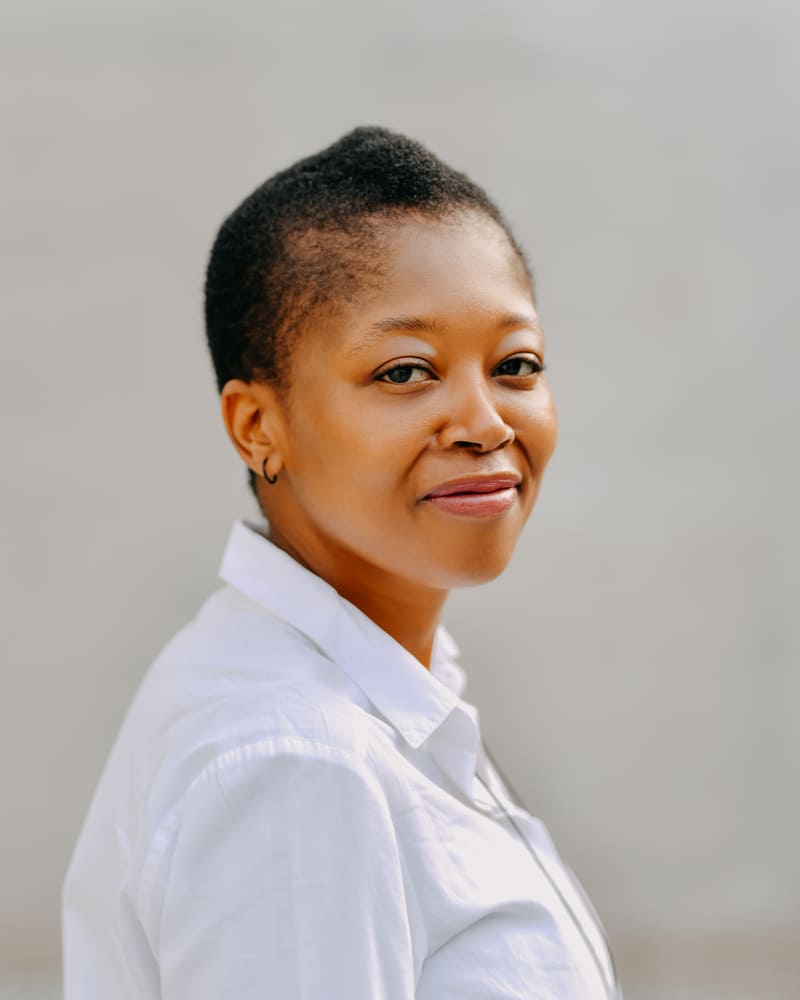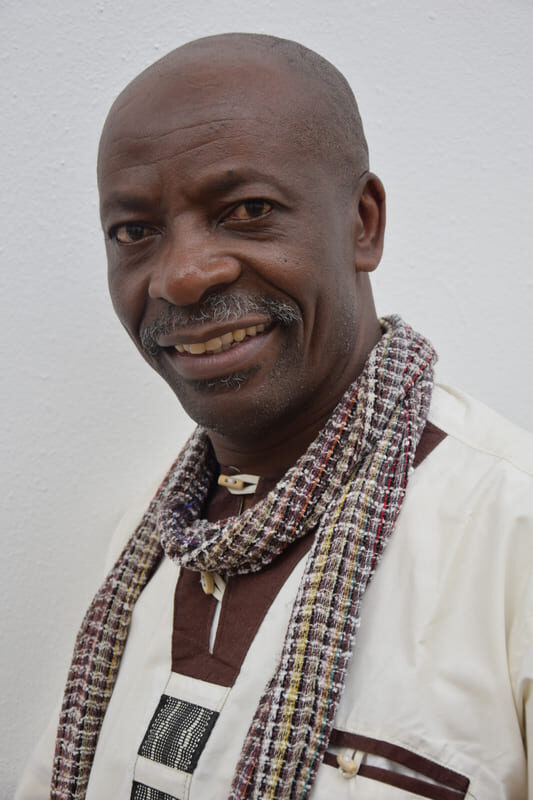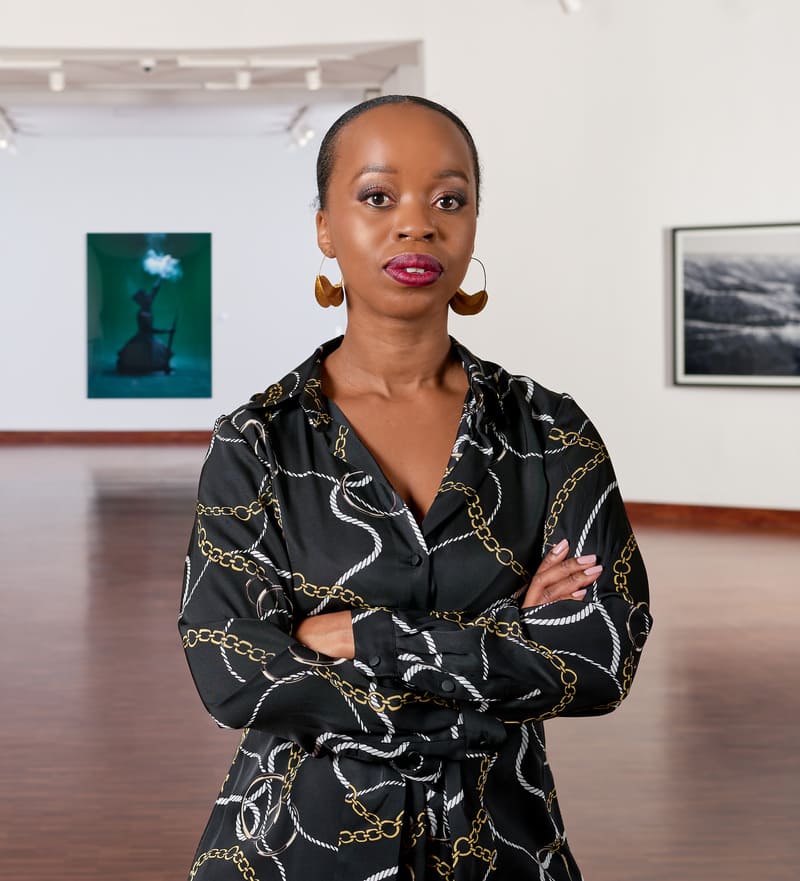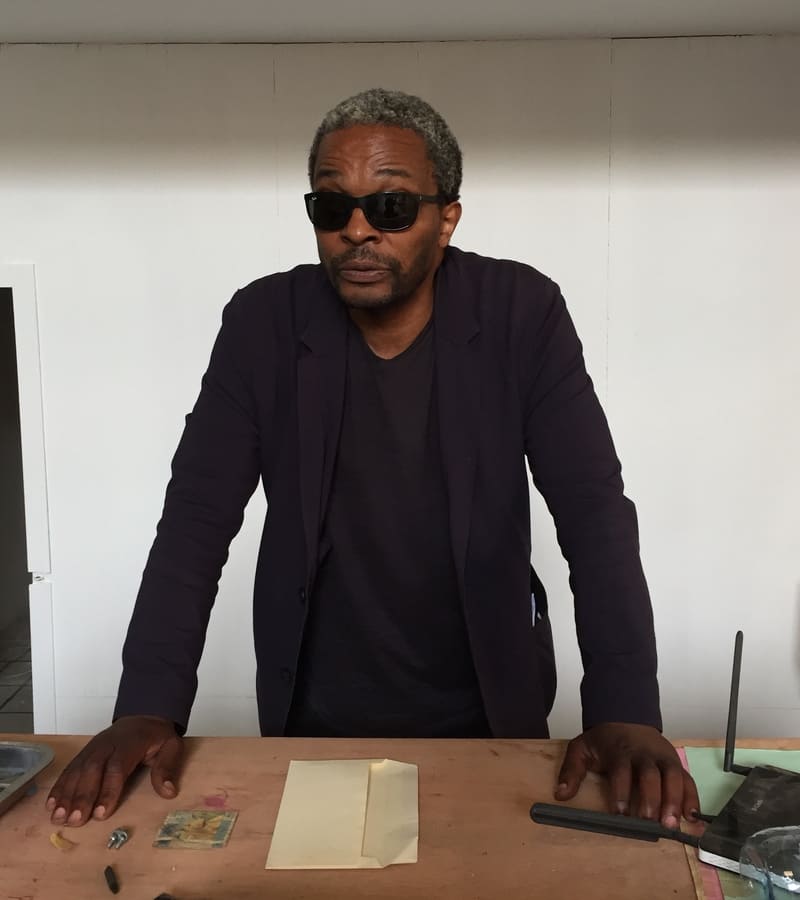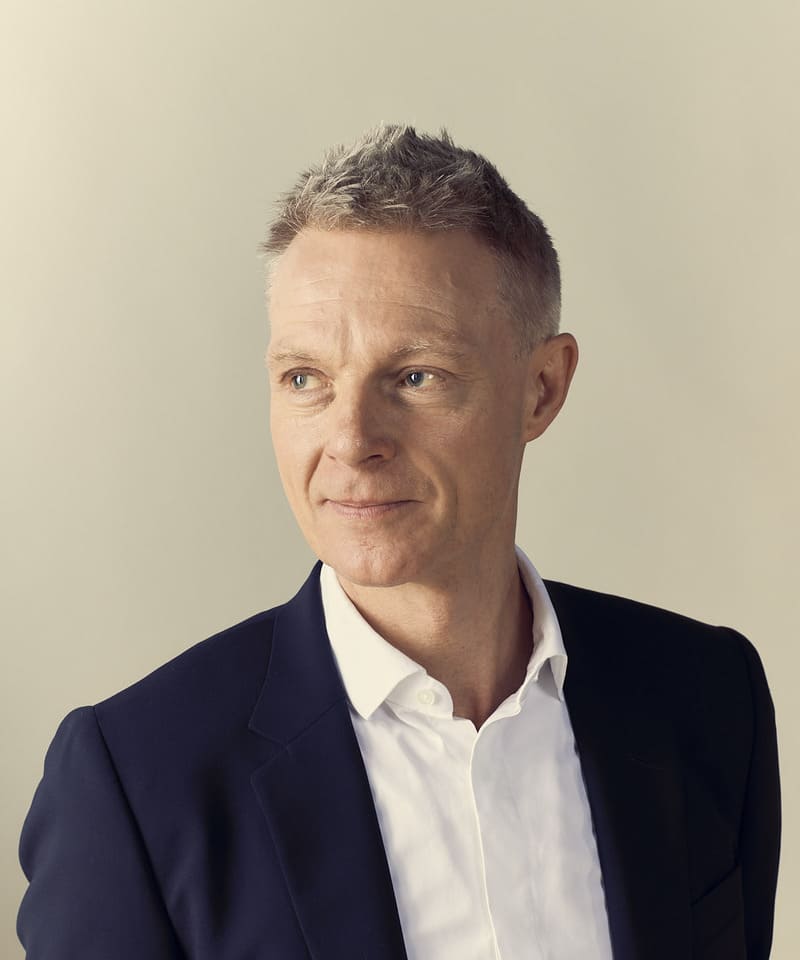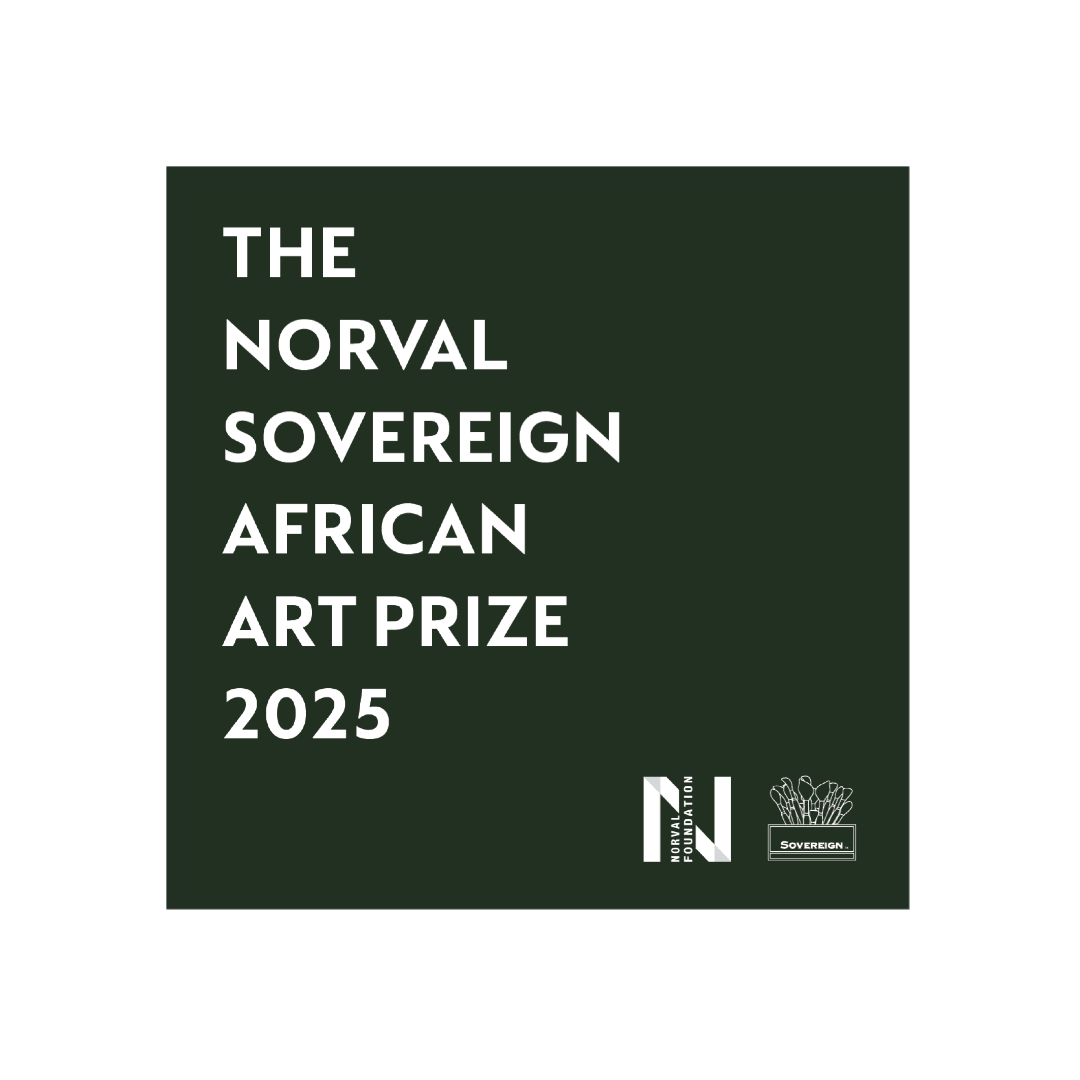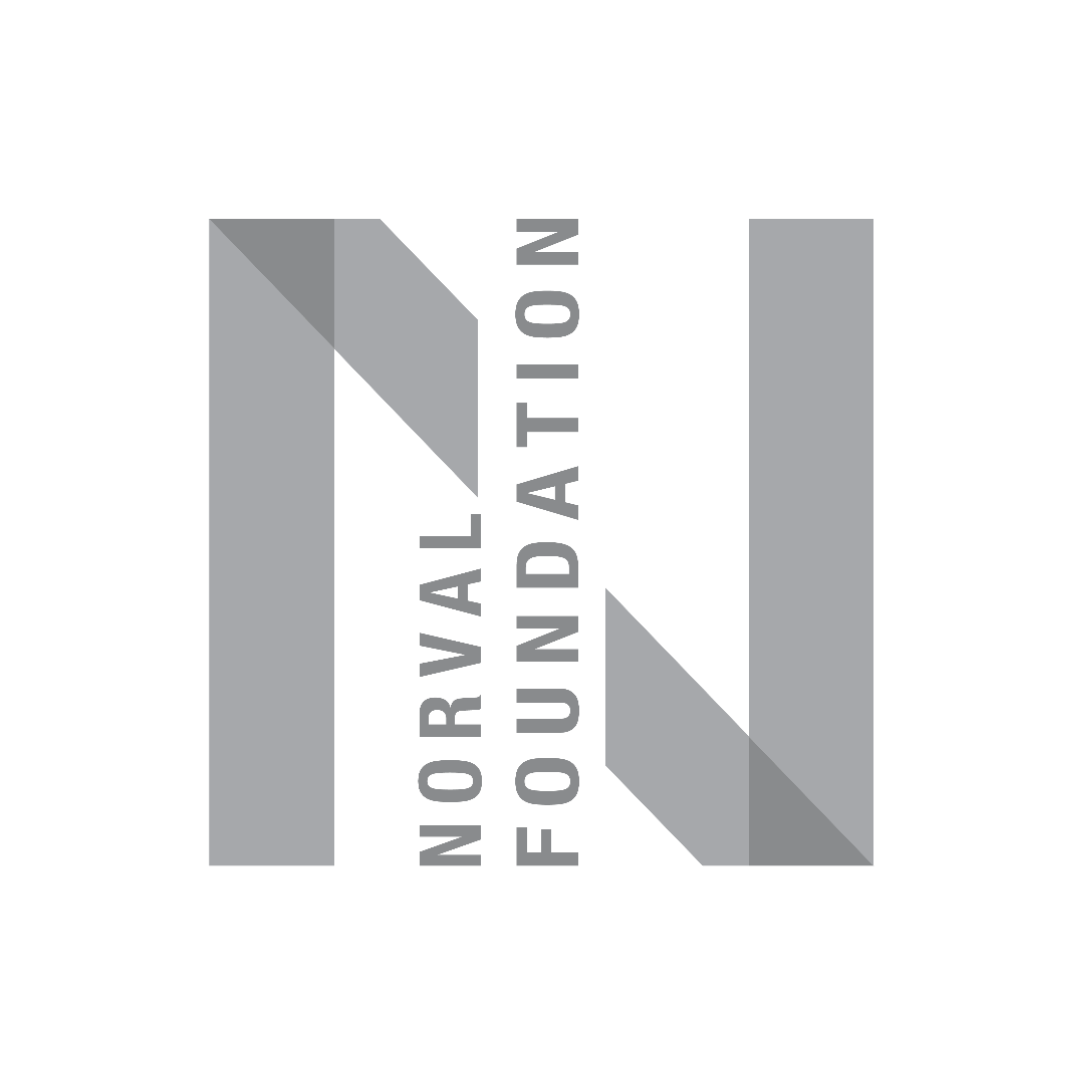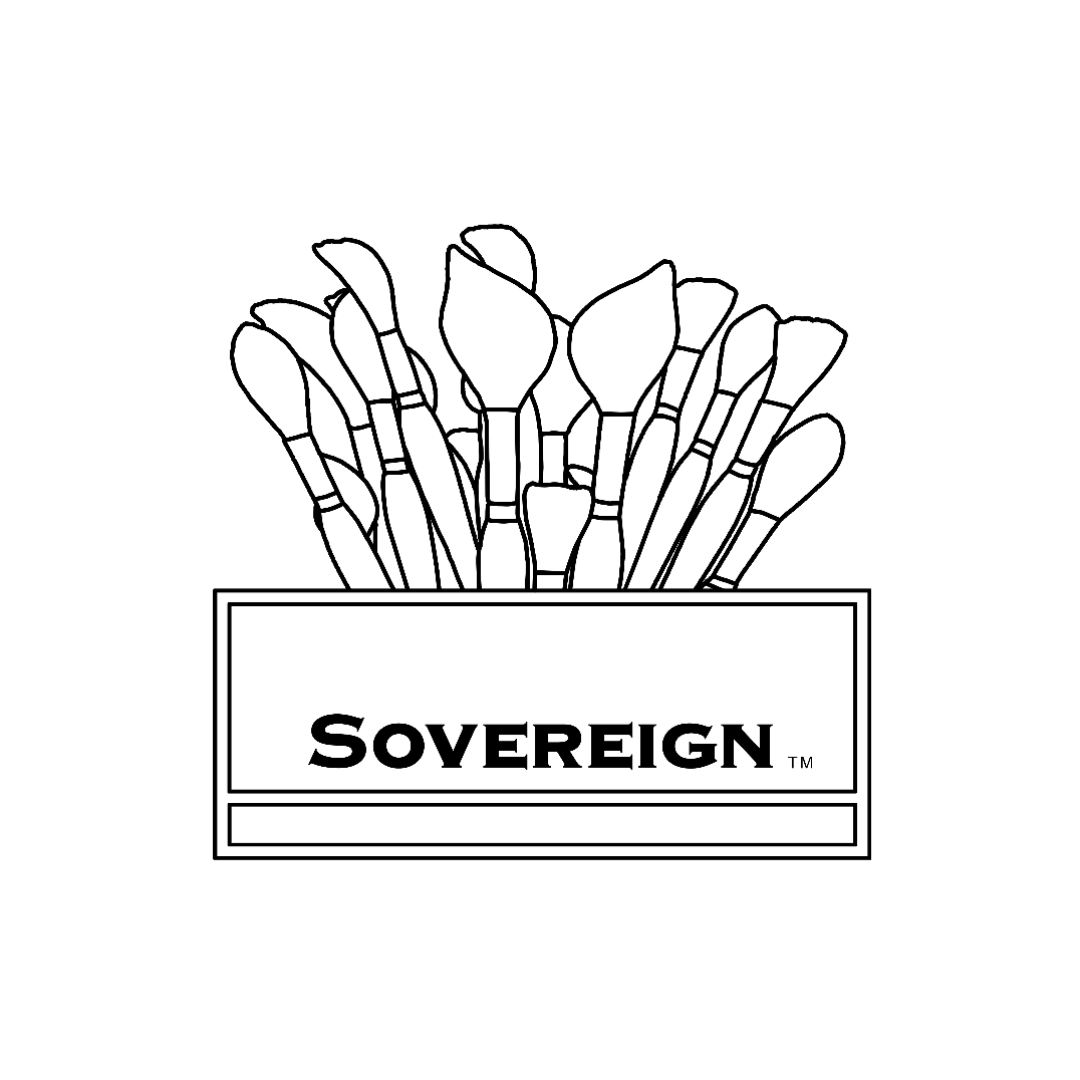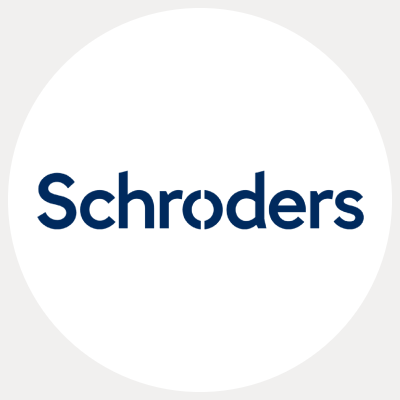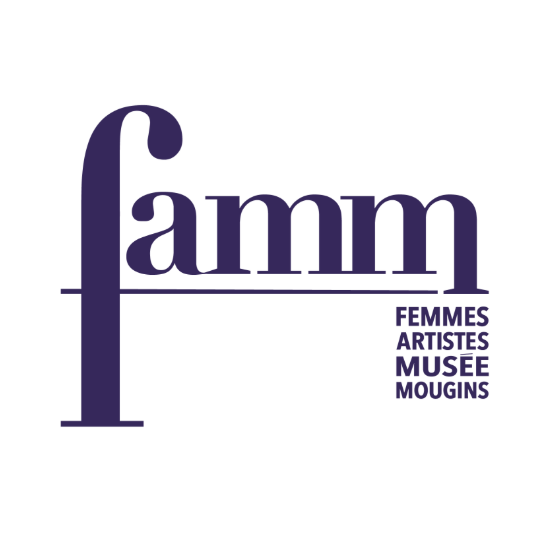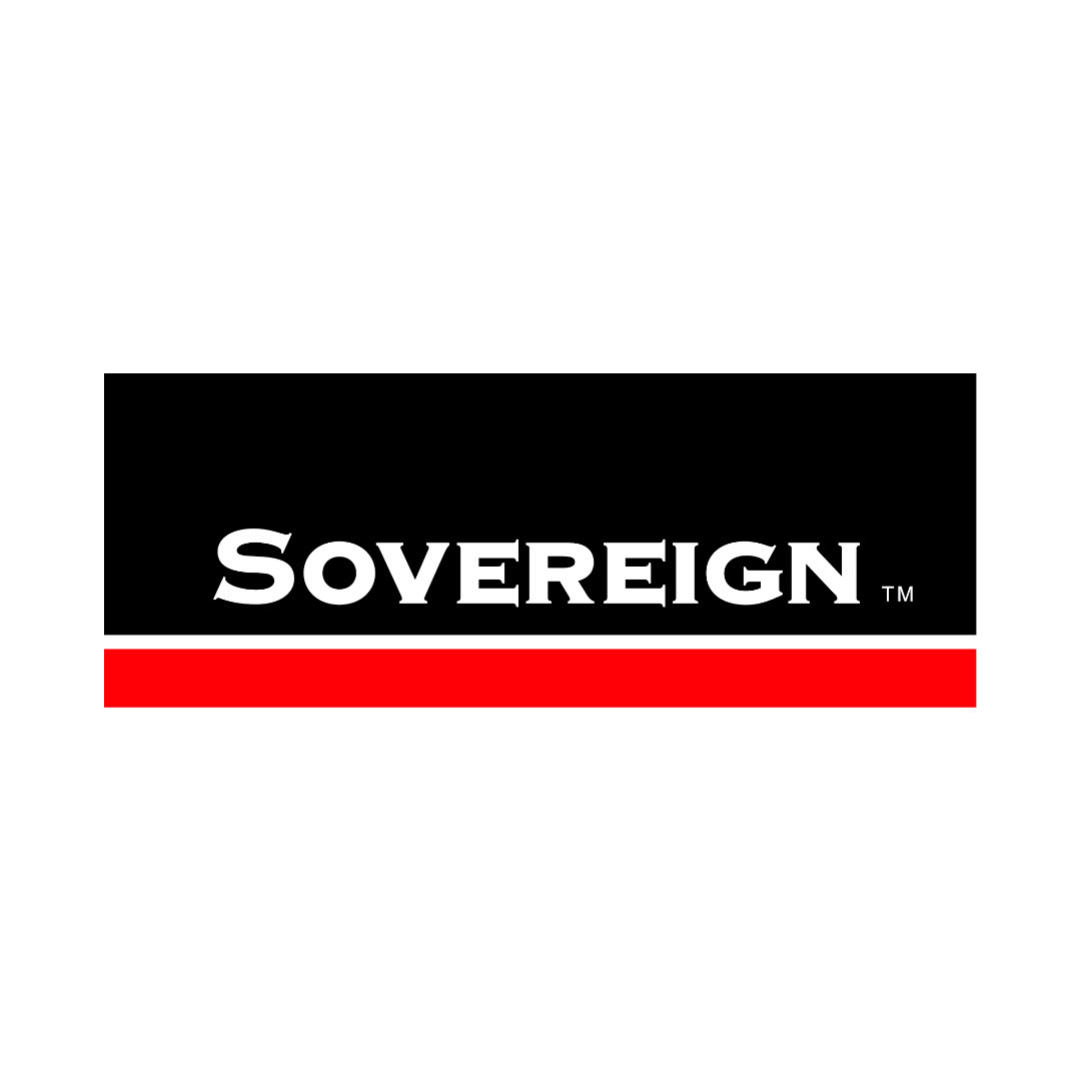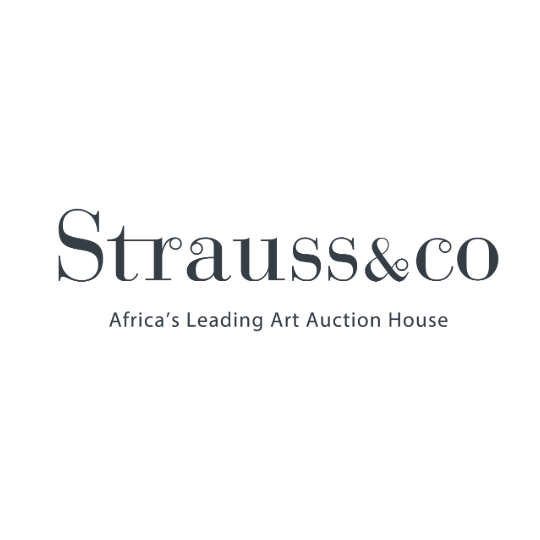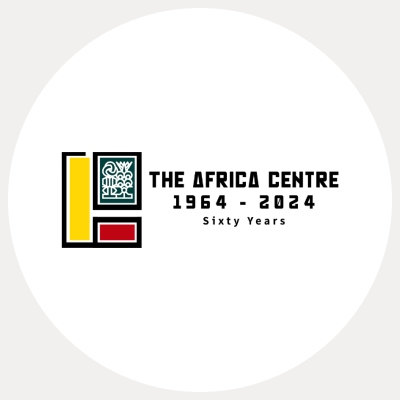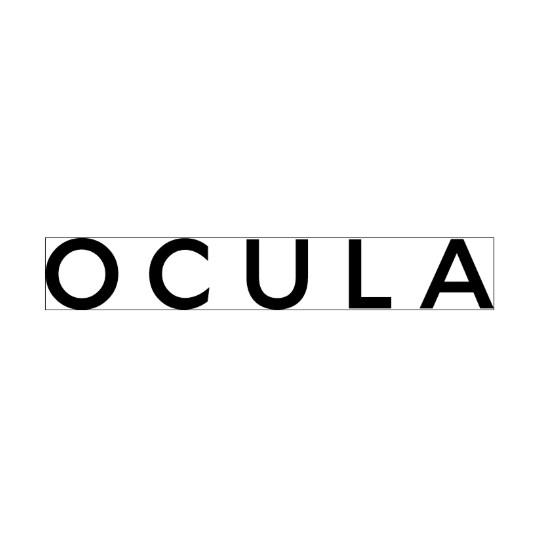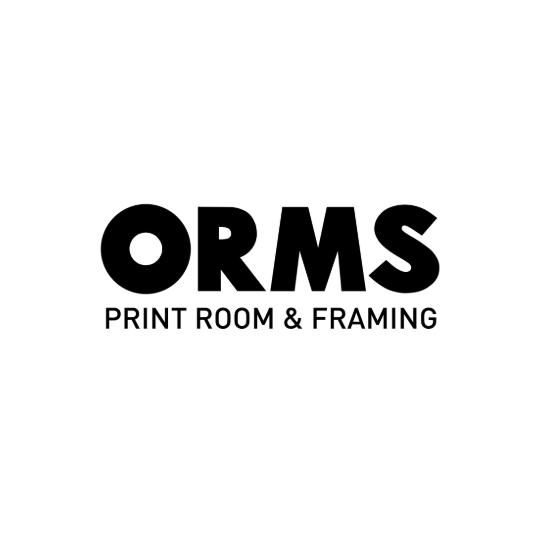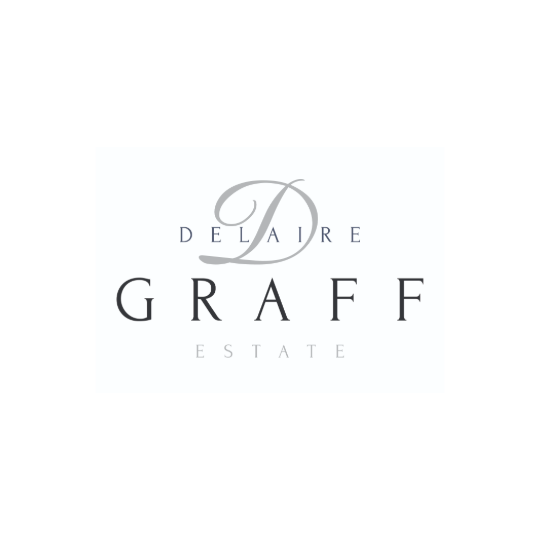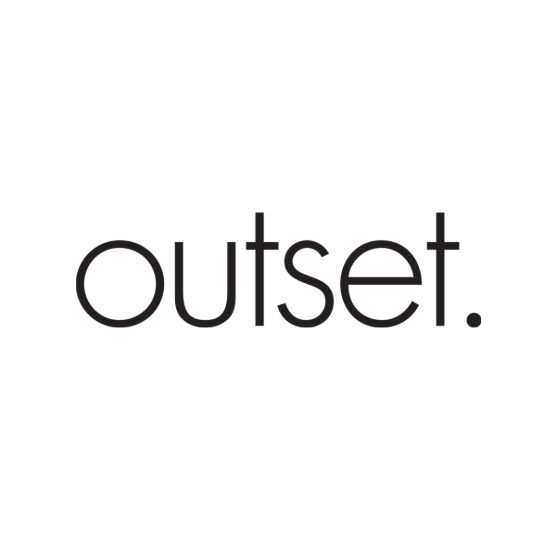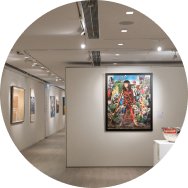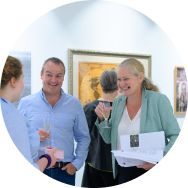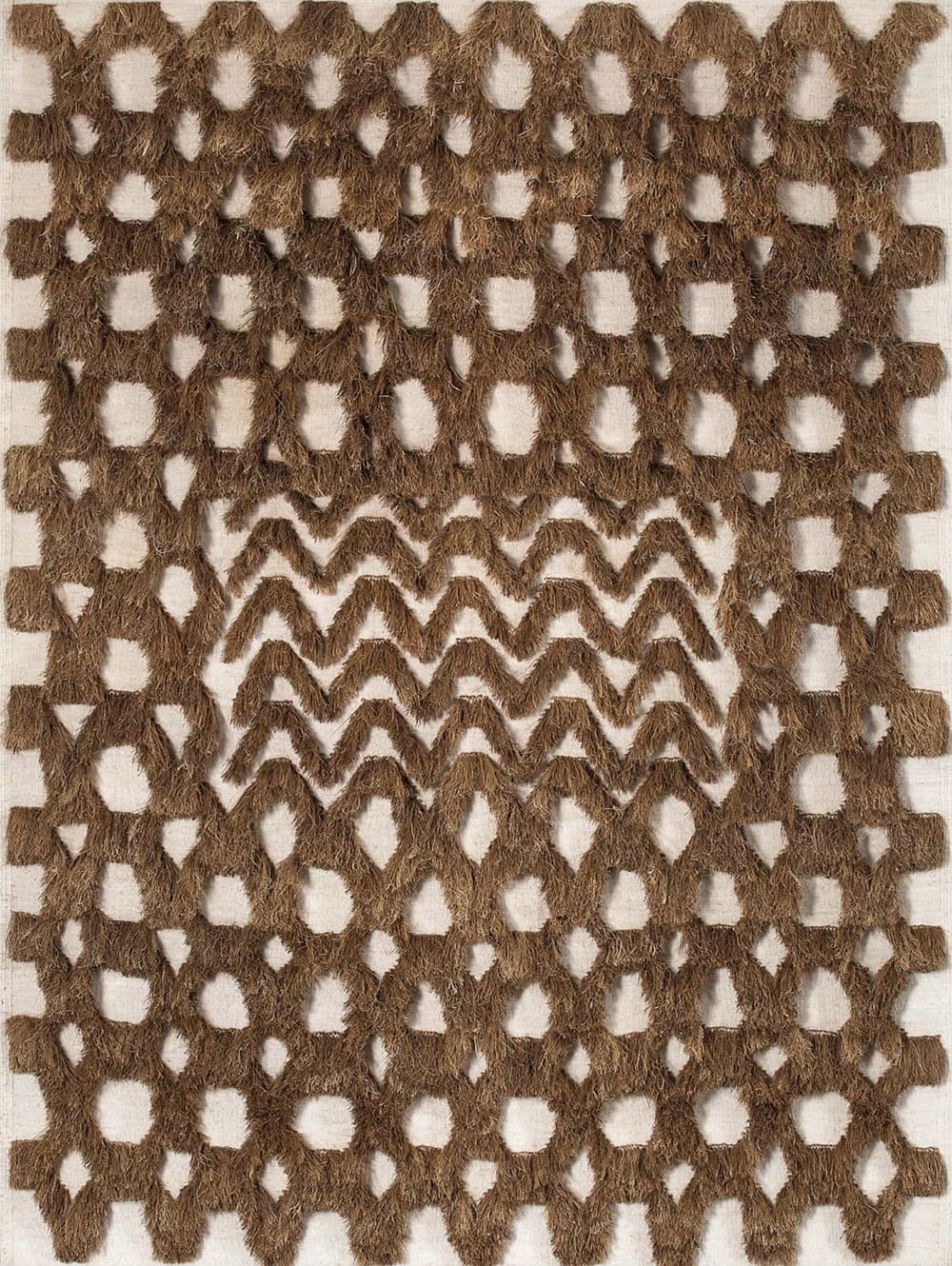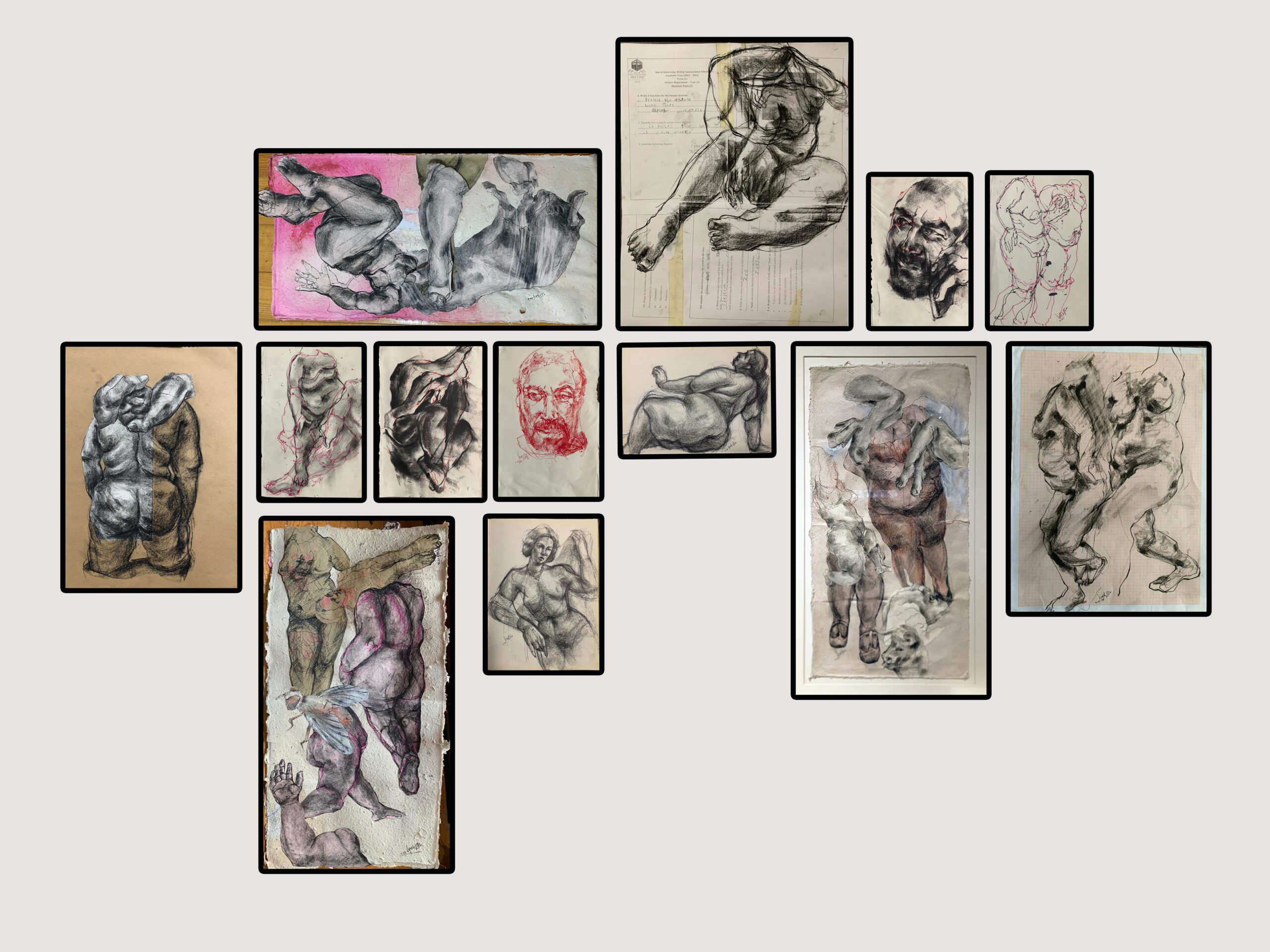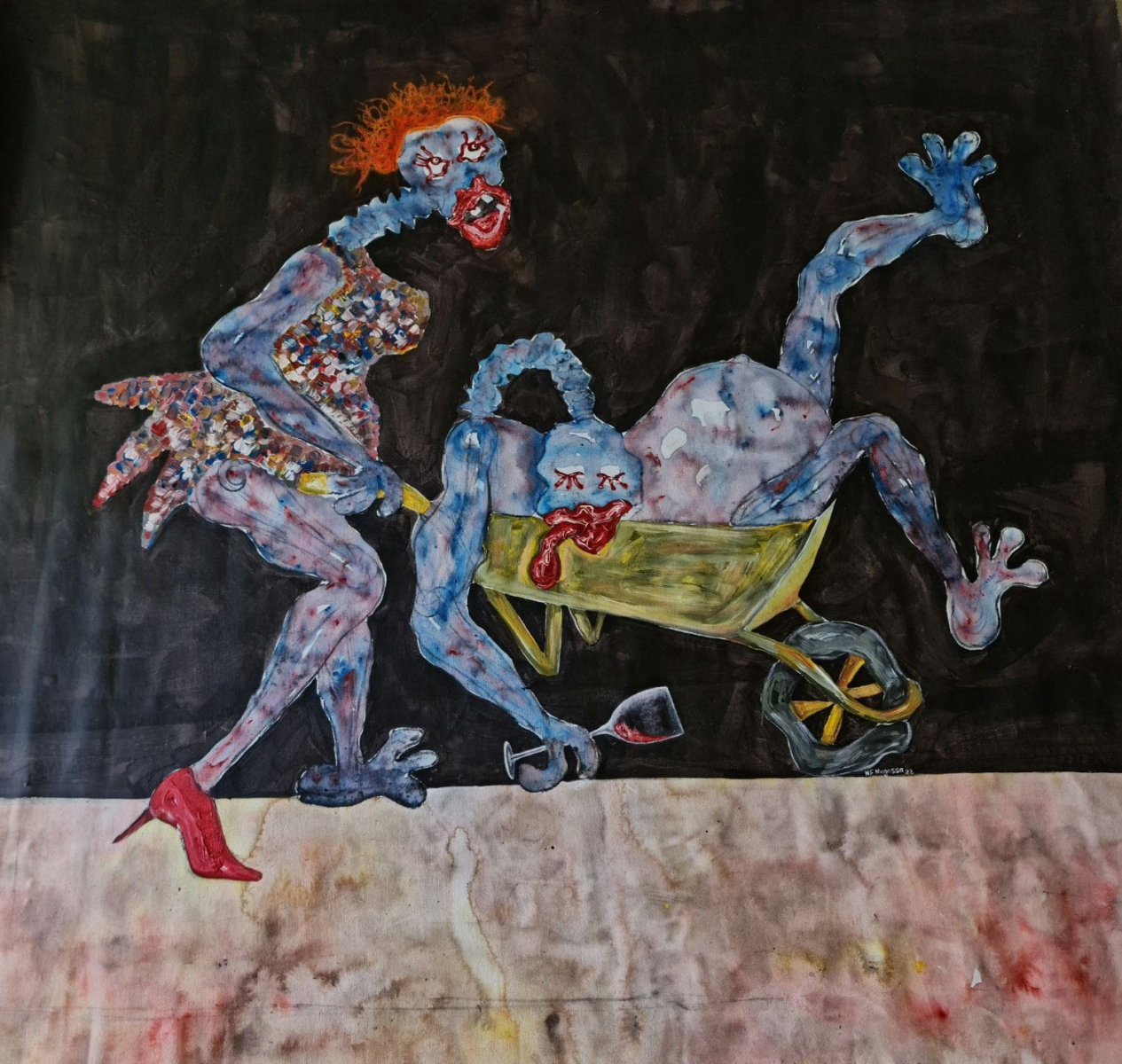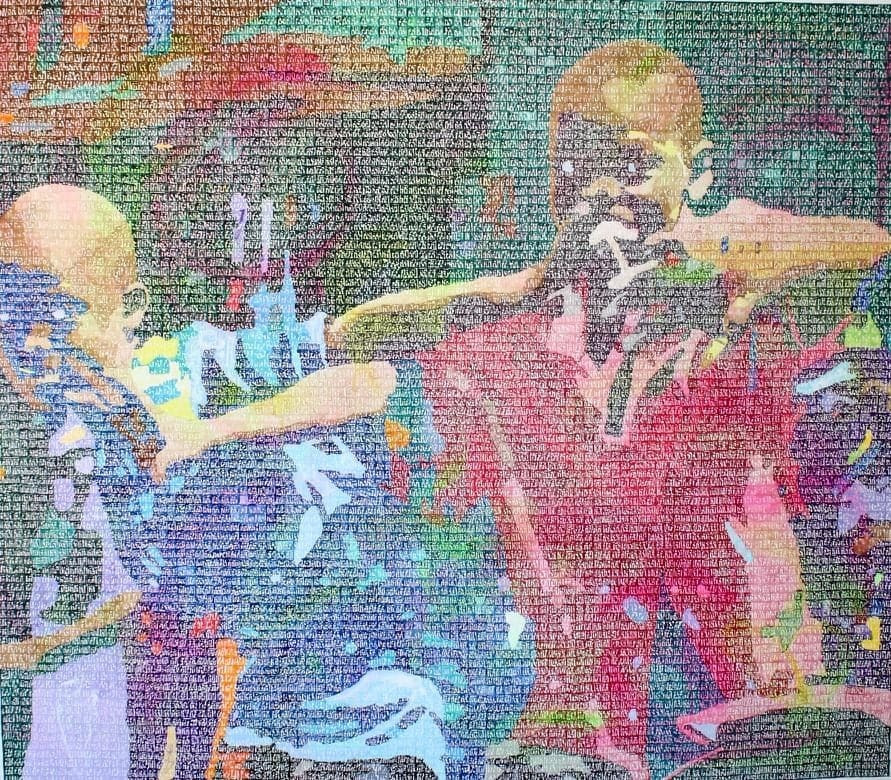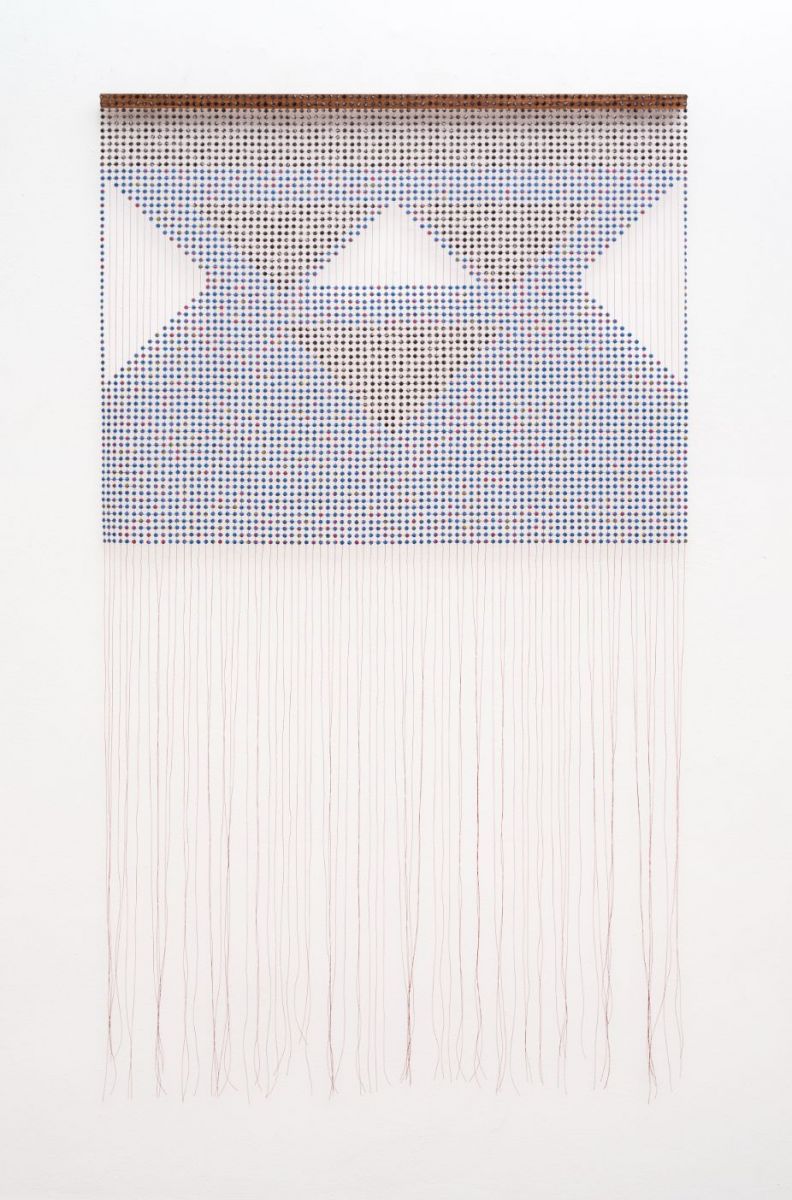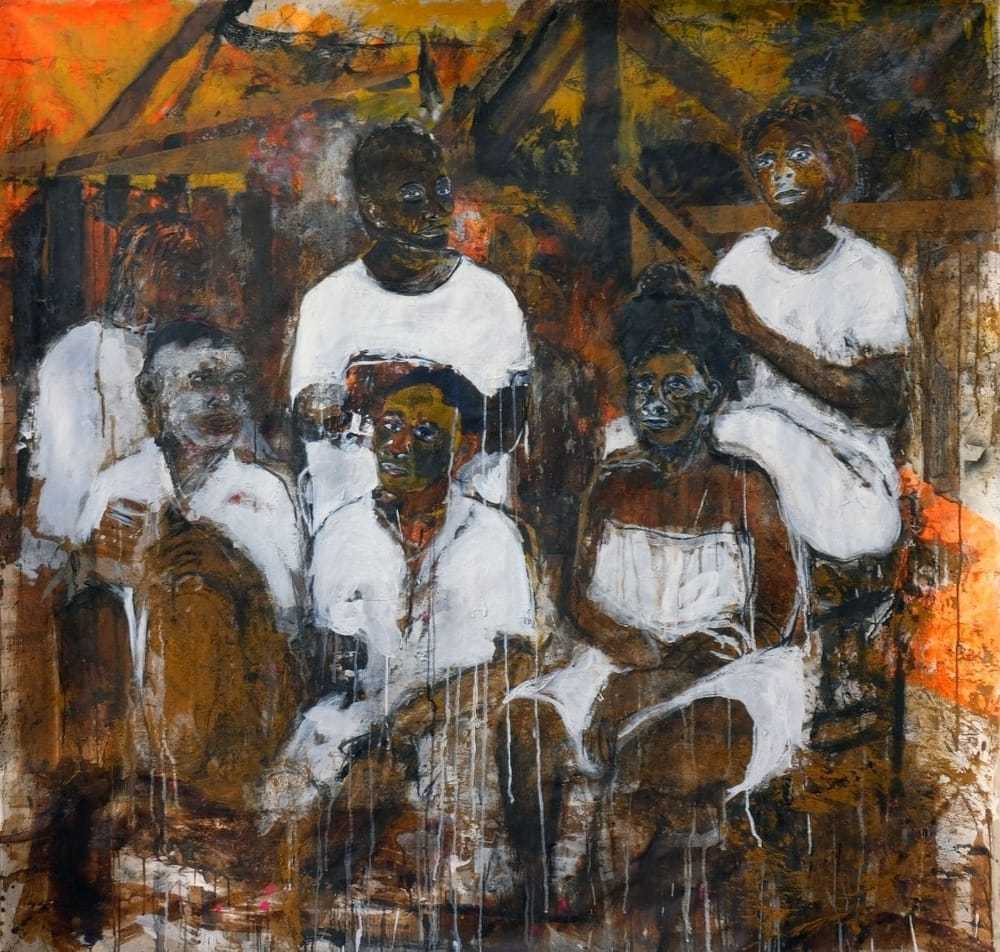Raphael Chikukwa
Executive Director of the National Gallery of Zimbabwe
Born in Zimbabwe, Chikukwa holds a Postgraduate Diploma in Arts and Culture Management from the
University of the Witwatersrand Business School and an MA in Curating Contemporary Design from
Kingston University, which he attained as a Chevening Scholar. Chikukwa is a Museum of
Modern Art (MoMA)/ International Curatorial Institute Centre for Curatorial Leadership (CCL)
2021 Fellow.
Chikukwa joined the National Gallery of Zimbabwe in 2010 as its Chief Curator and is now the
Executive Director and Chief Curator of the National Gallery of Zimbabwe. Before joining the National
Gallery of Zimbabwe, Chikukwa worked for over ten years as an independent curator. Raphael
Chikukwa is the founding Curator of the Pavilion of Zimbabwe at the Venice Biennale, starting from the 54th, up to the 58th Edition. He is committed to a multitude of Committees, among them, High Line
Plinth in New York 2020, DAAD (German Academic Exchange Service), the Delfina Foundation London
UK, the Future Generation Art Prize, and served as juror for the Dakar Biennale in 2018.
Chikukwa has been on various international panels that includes, Art Basel Hong Kong Conversations
in 2019, Art Basel Miami USA 2008, and the Joburg Art Fair. He has contributed to a number of Publications that include, a newly published African Art Reframed: Reflections and Dialogue on
Museum Culture by University of Illinois Press USA, Mawonero/ Umbono: Insights in Zimbabwean
Contemporary Art, Zimbabwe Pavilion Catalogues (Seeing Ourselves 2011, Dudziro 2013, Pixels of
Ubuntu/Unhu 2015, Deconstructing Boundaries 2017 and Soko Risina Musoro – A Tale Without a
Head 2019) Kabbo Ka Muwala: Migration and Mobility Exhibition 2016 etc.
His qualifications and international experience earned his position at the national institution, which he hopes to change the visual arts landscape of Zimbabwe. The 2nd Johannesburg Biennale in 1997 provided an impetus to Raphael Chikukwa’s curatorial career after working as a volunteer guide for the Biennaleunder the watchful eye of the late Okwui Enwezor. He later moved back to his home country Zimbabwe as a process of relocation to his motherland. Some of the major exhibitions he curated include HIFA (Harare International Festival of the Arts) 2000 up to 2004, Lime Transmission Commonwealth Exhibition in Manchester, 2004 Visions of Zimbabwe at the Manchester City Art Gallery and African Heroes in 2006 at the Imperial War Museum North. Chikukwa is a founding Staff member of the PUMA funded Creative Africa Network as an editor and advisor of the project from 2008 – 2009.
